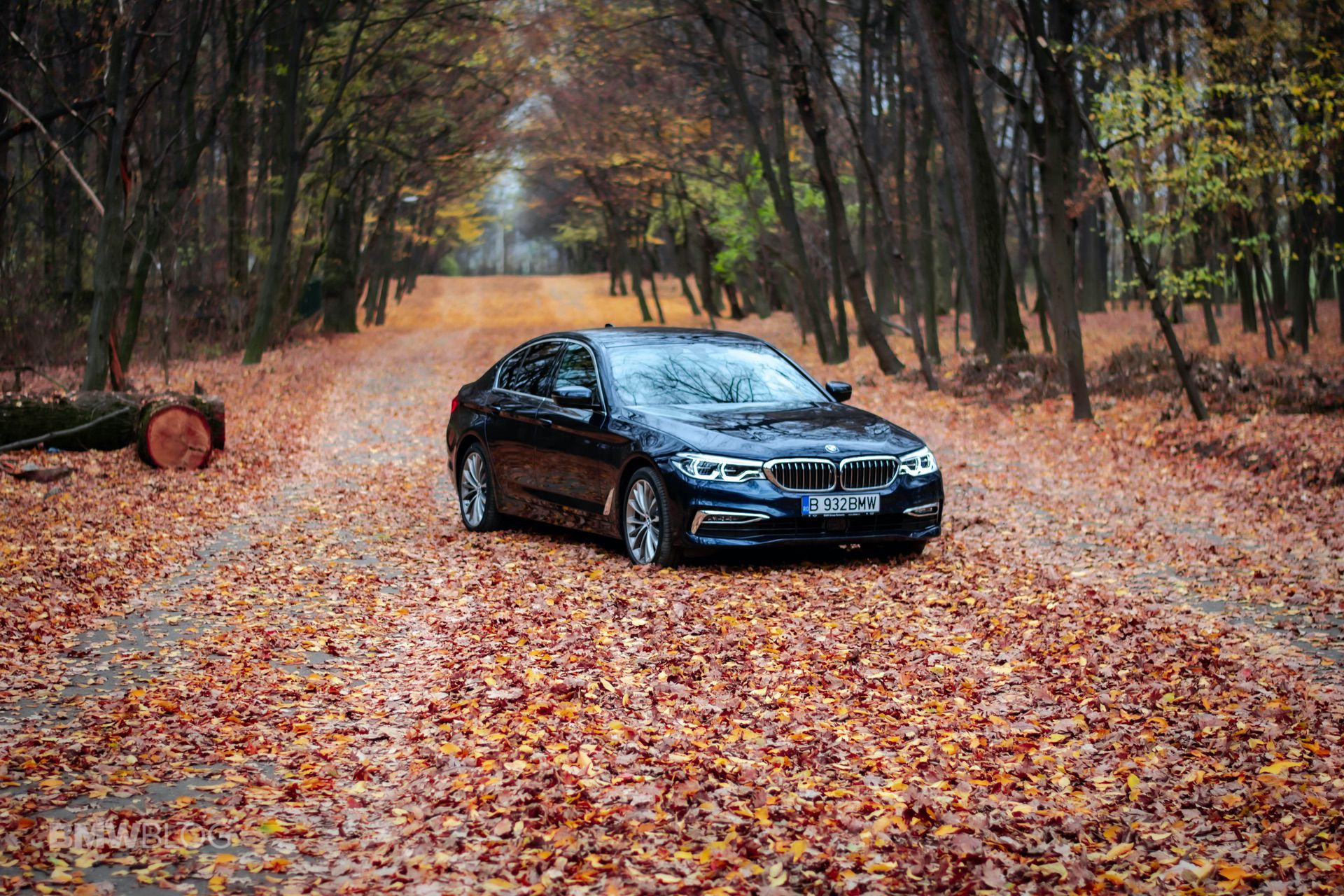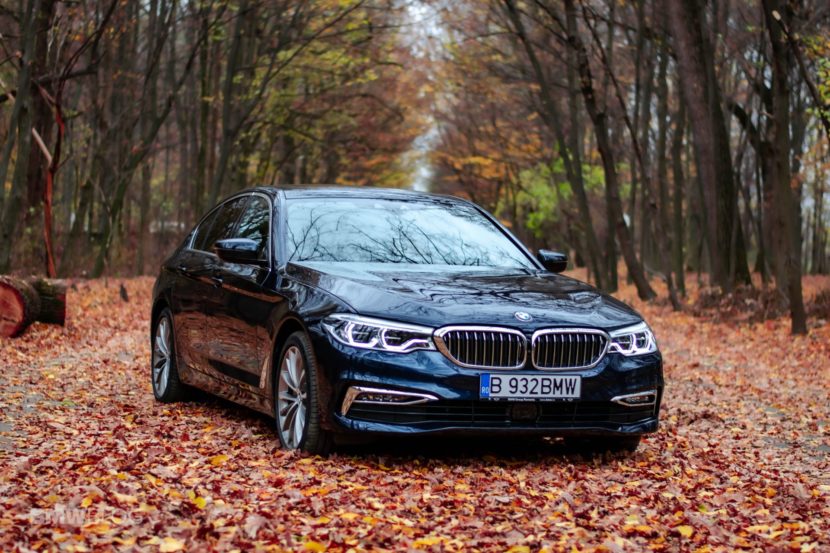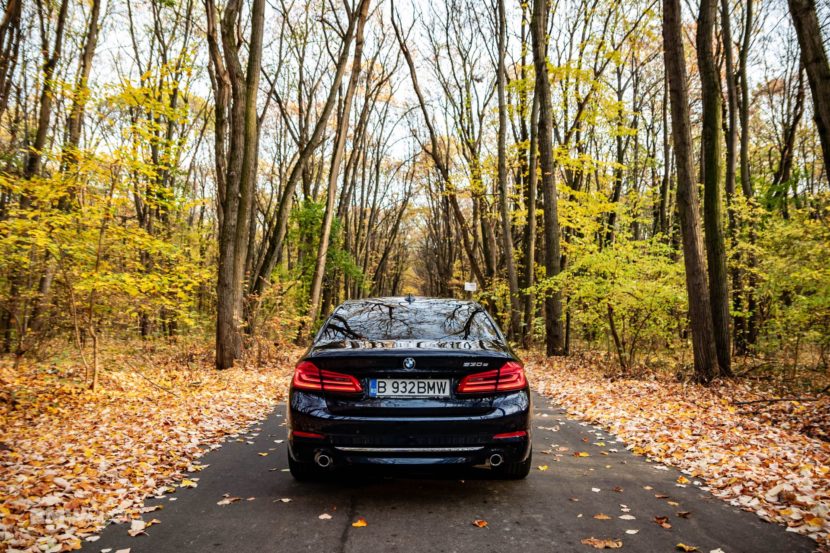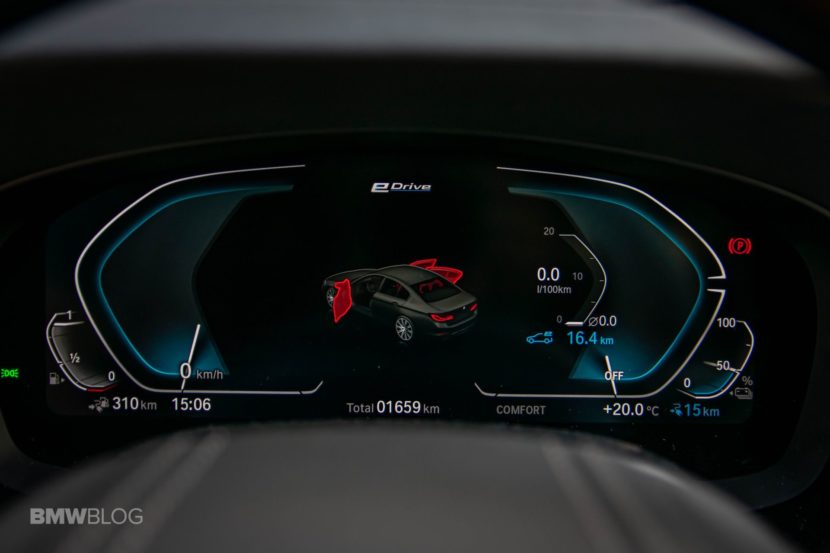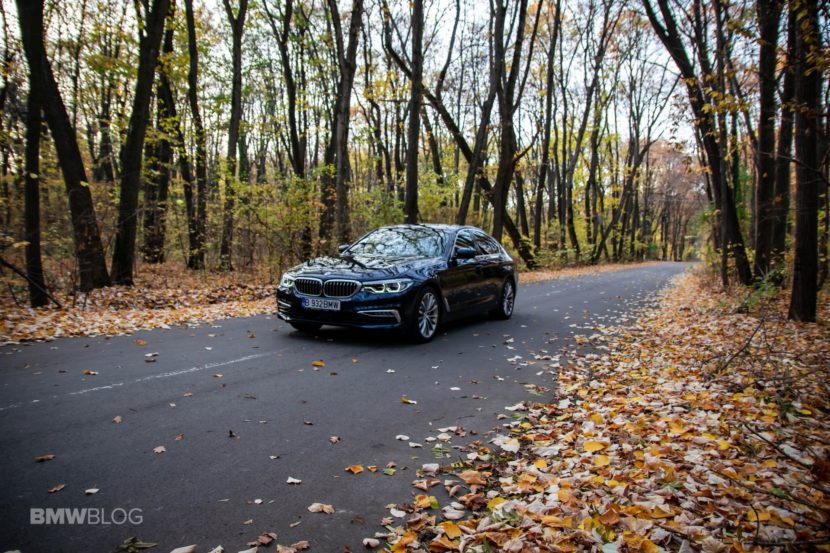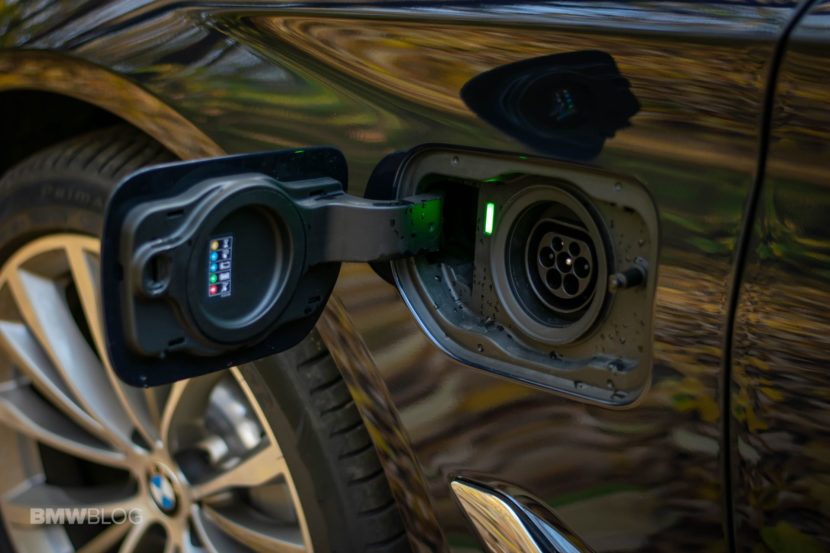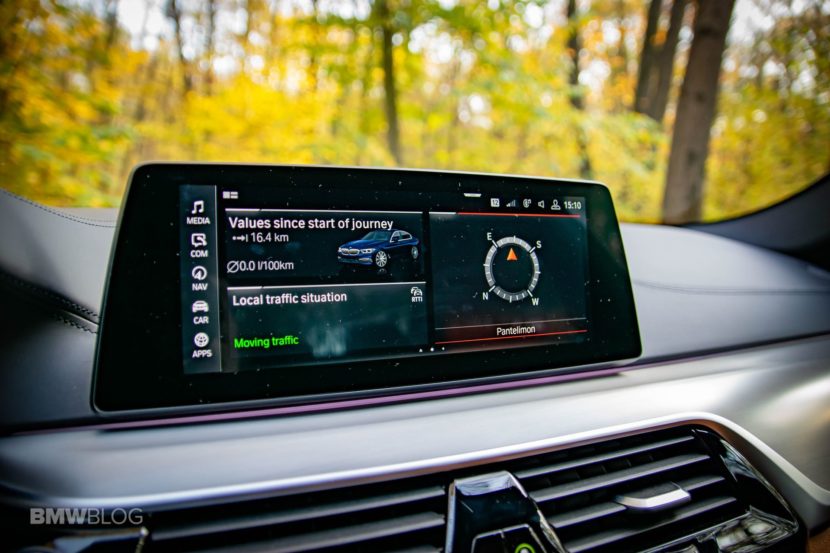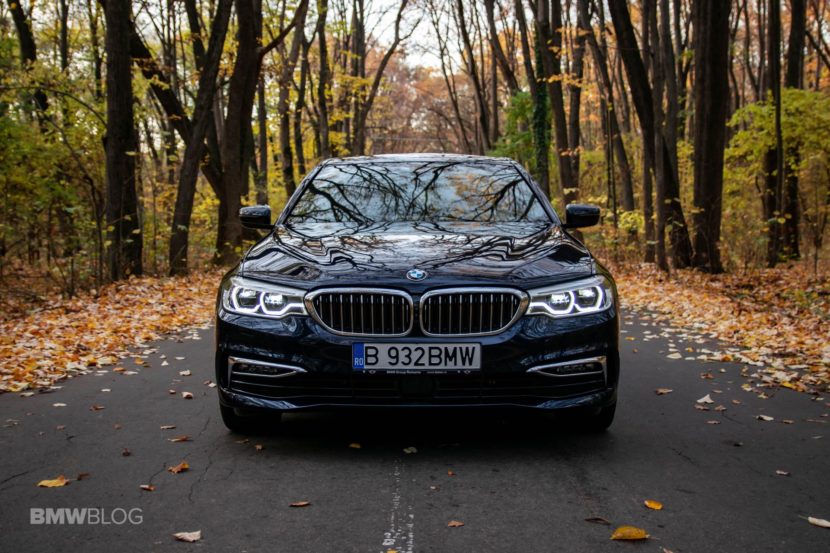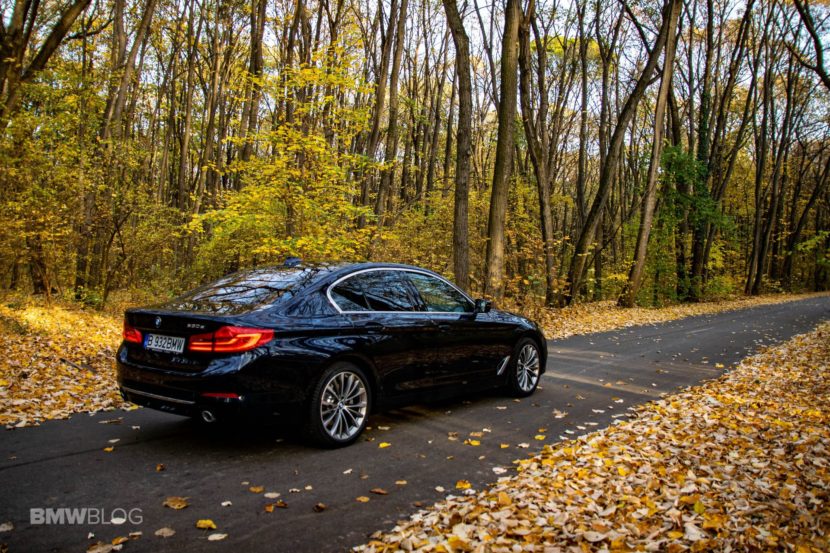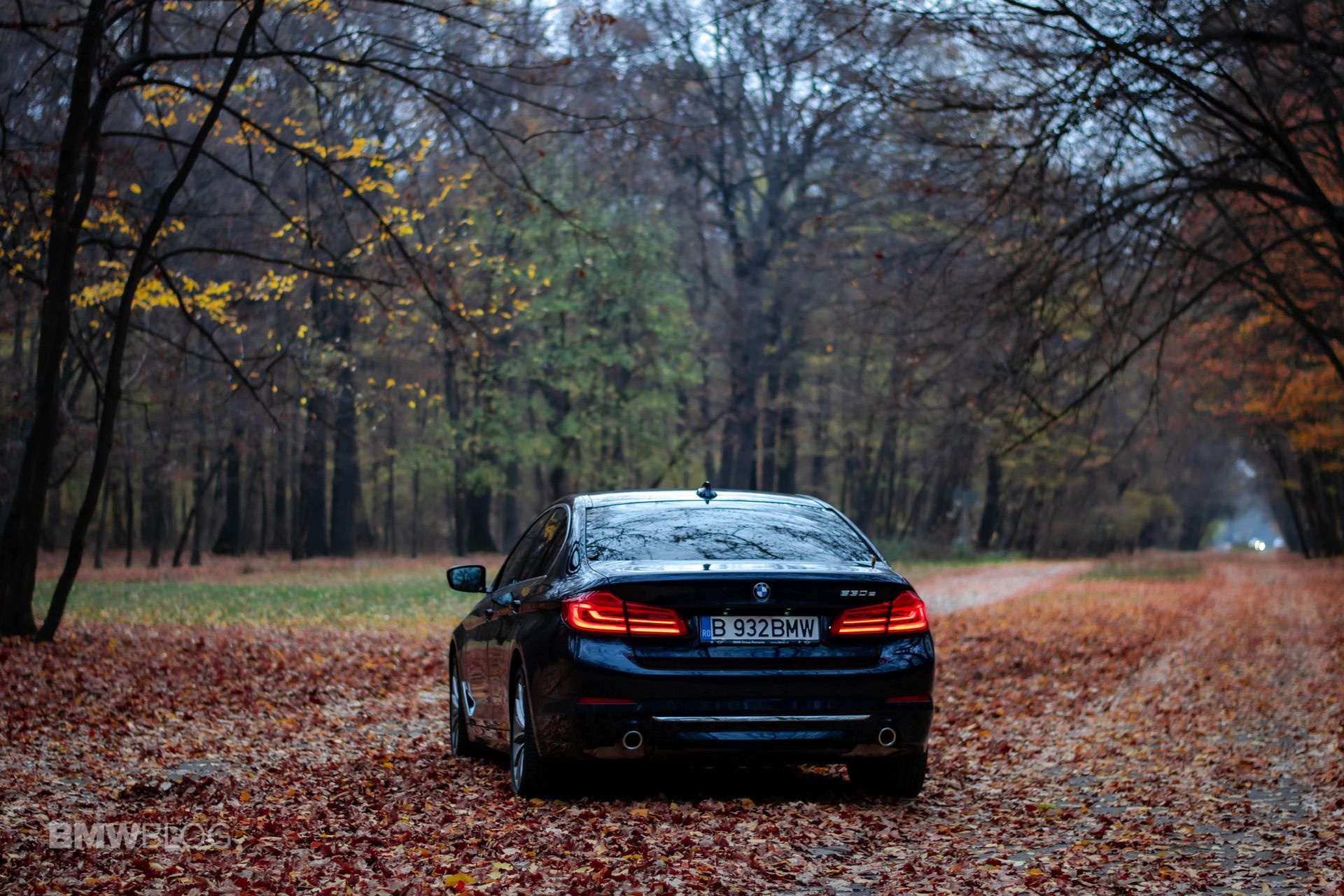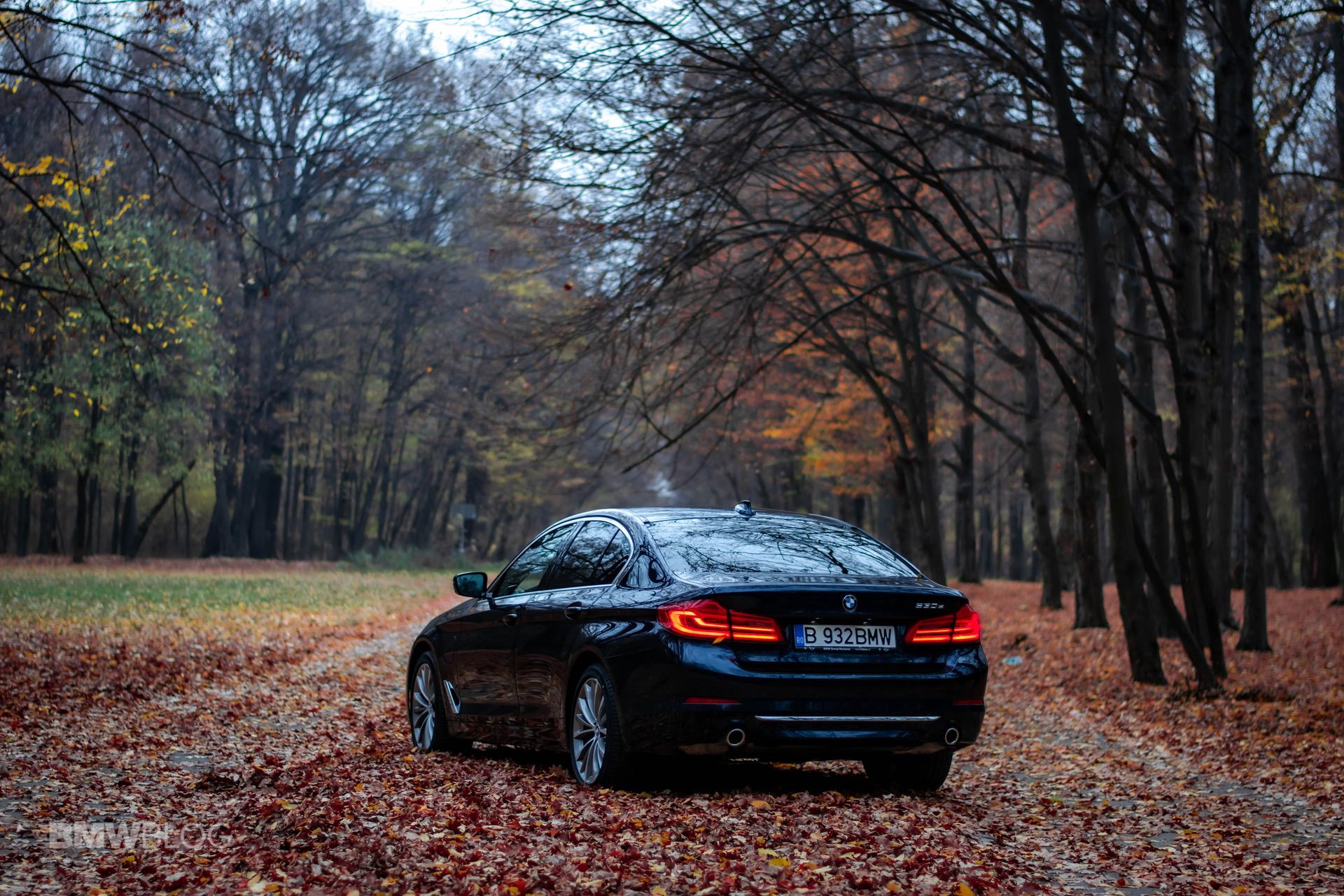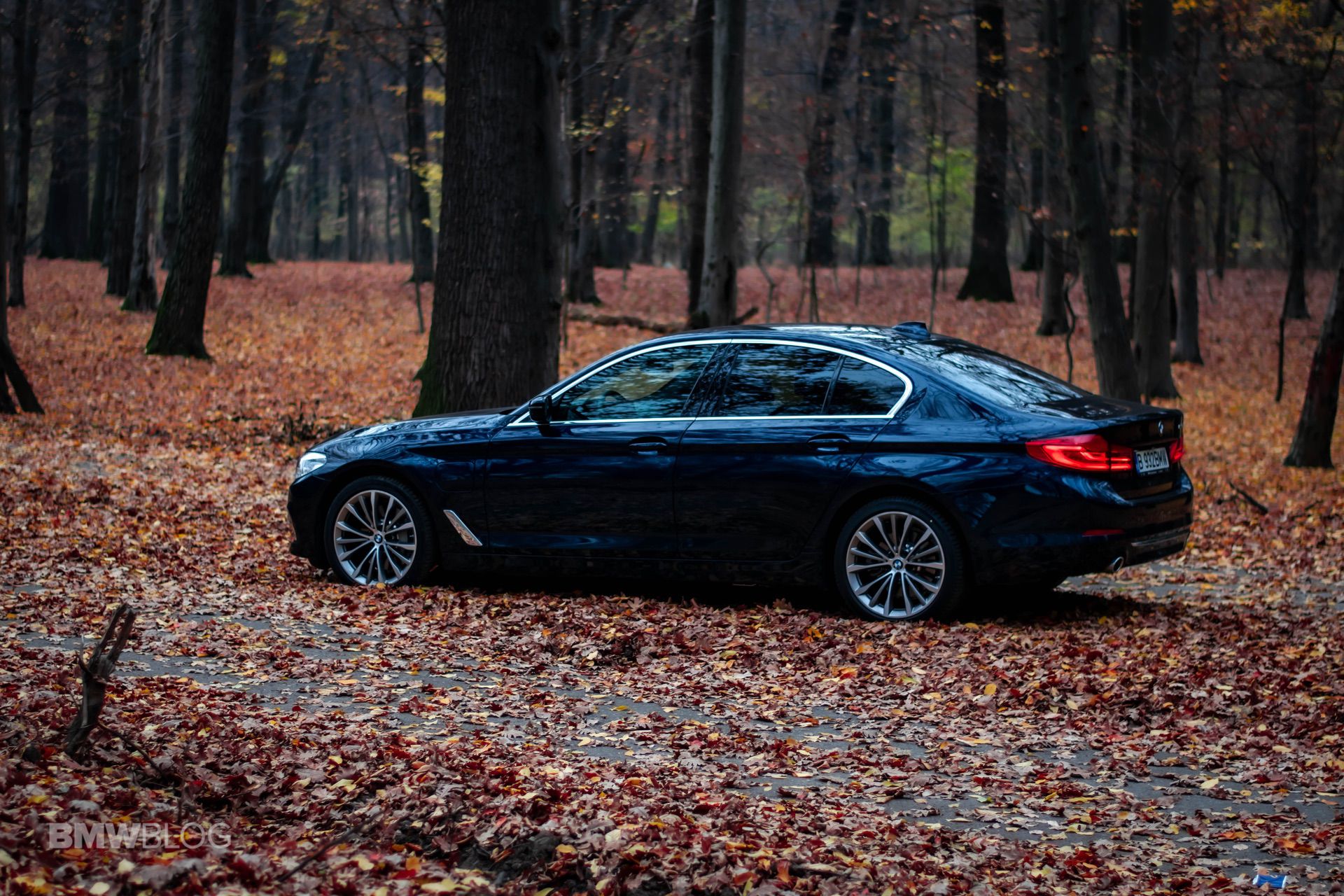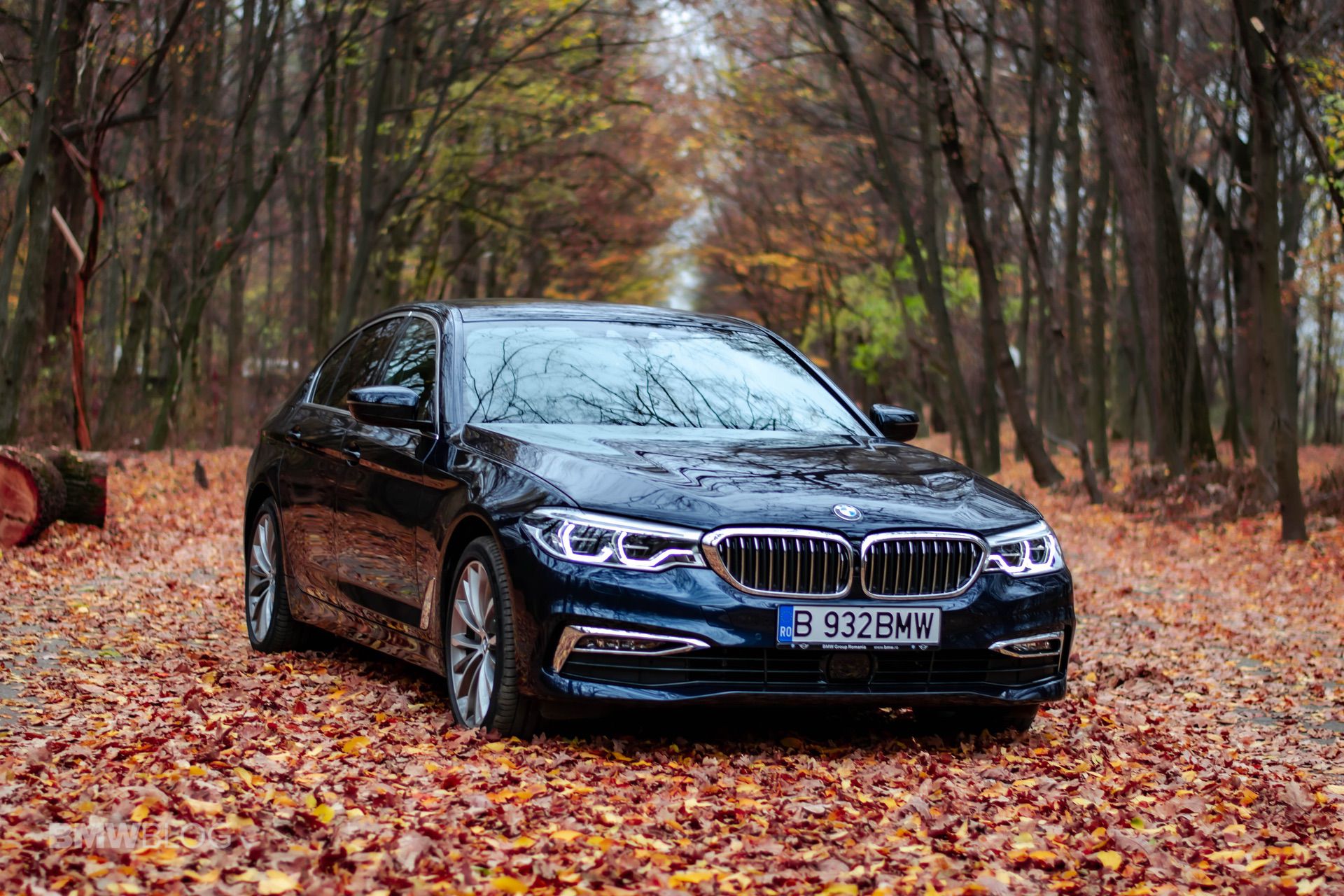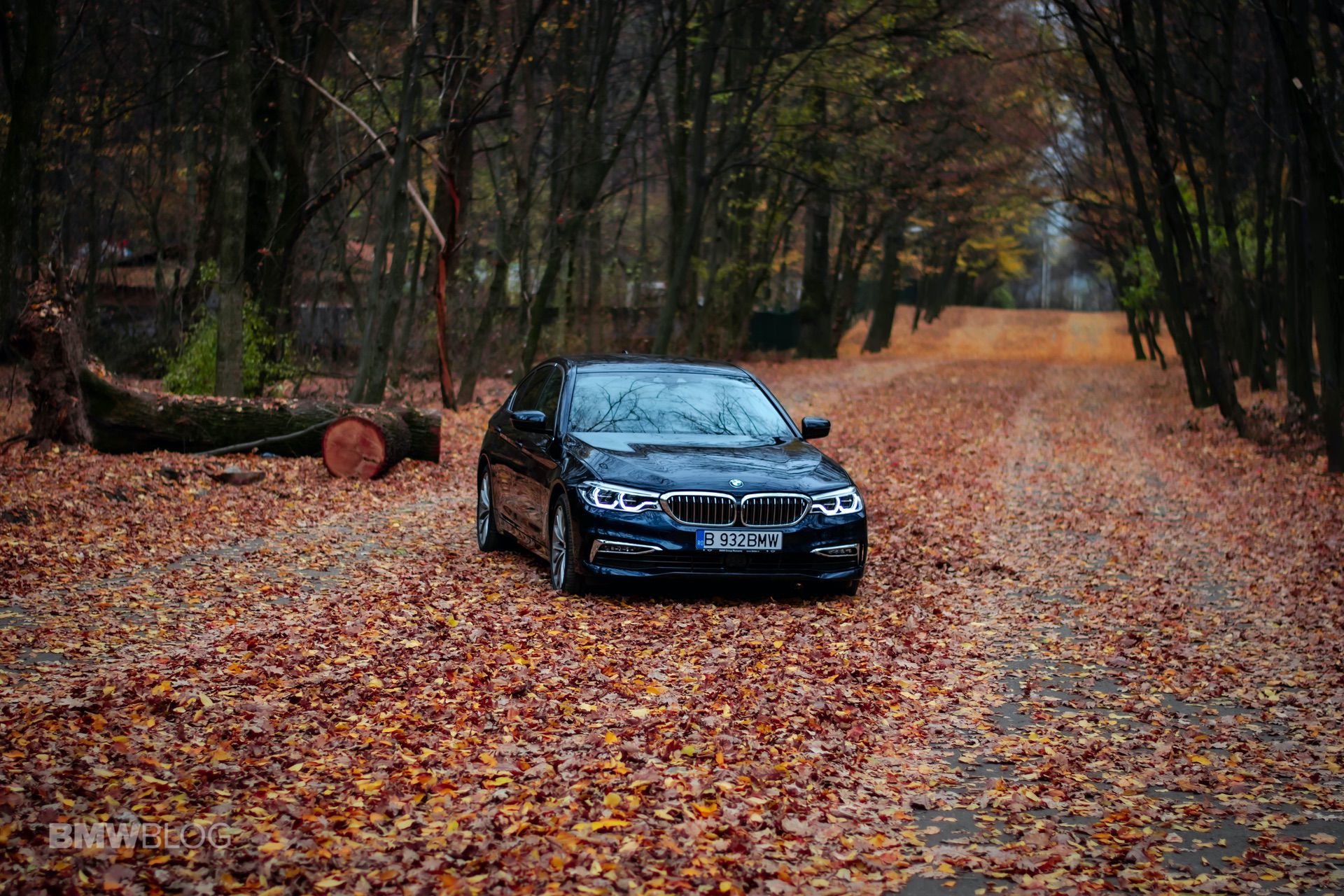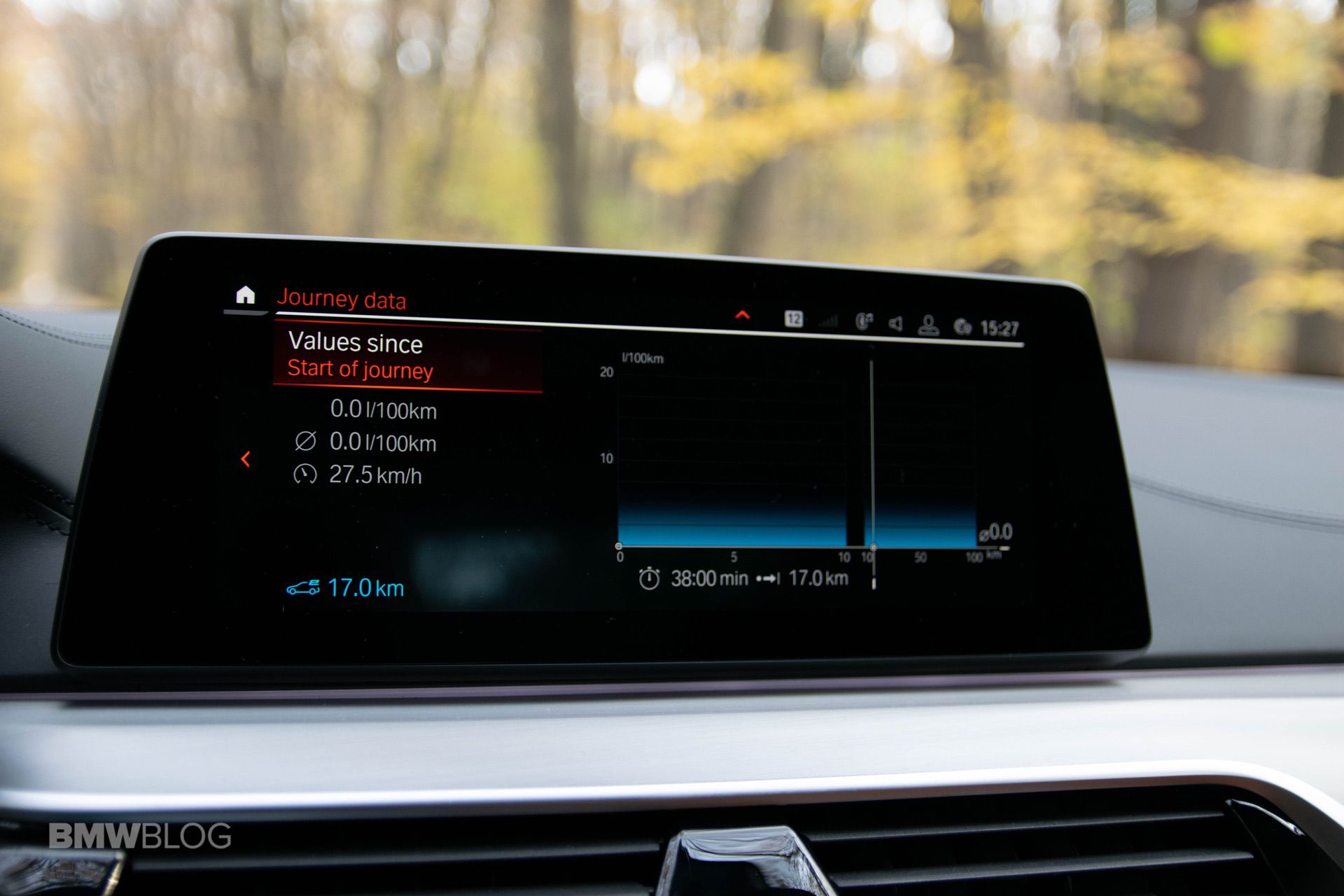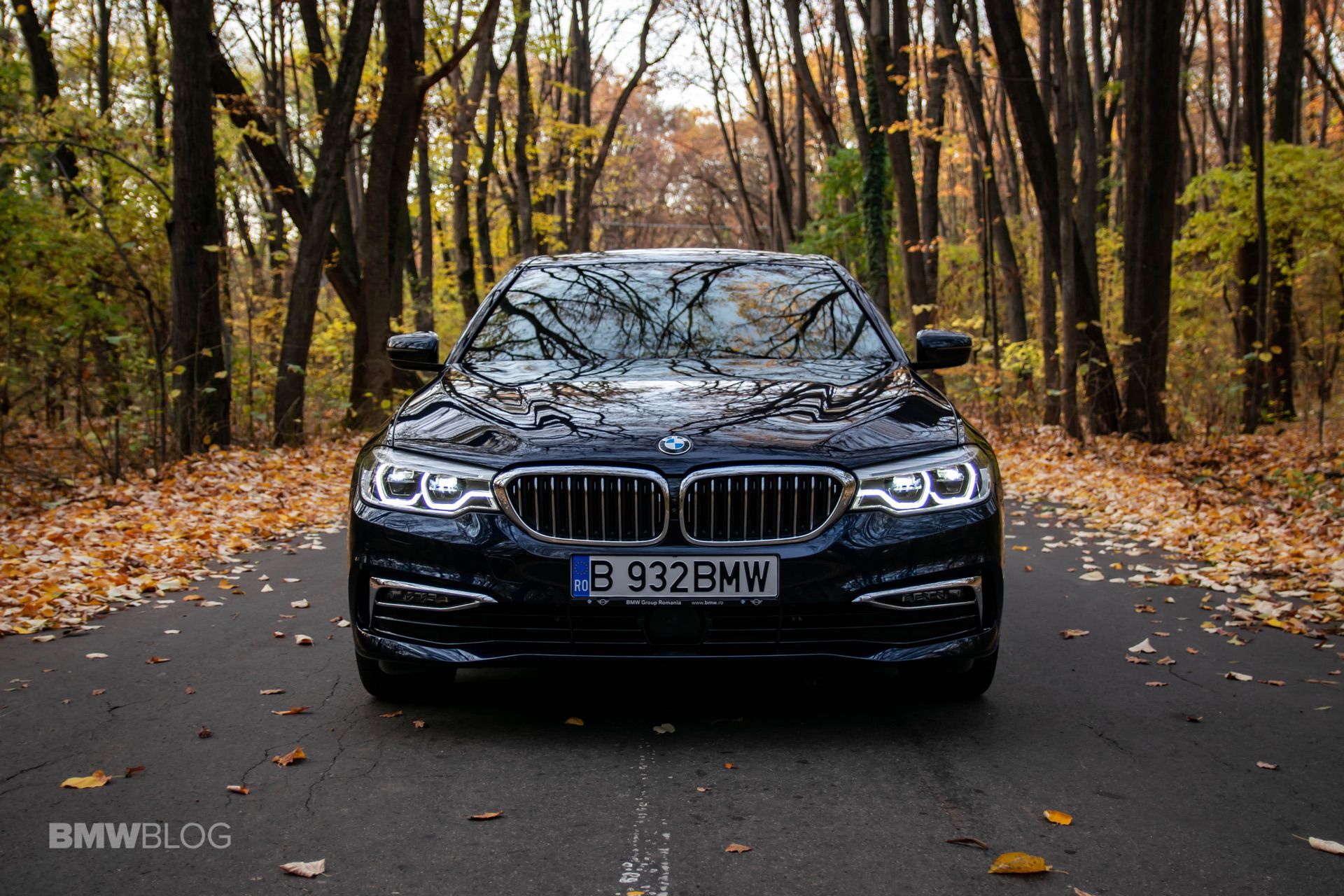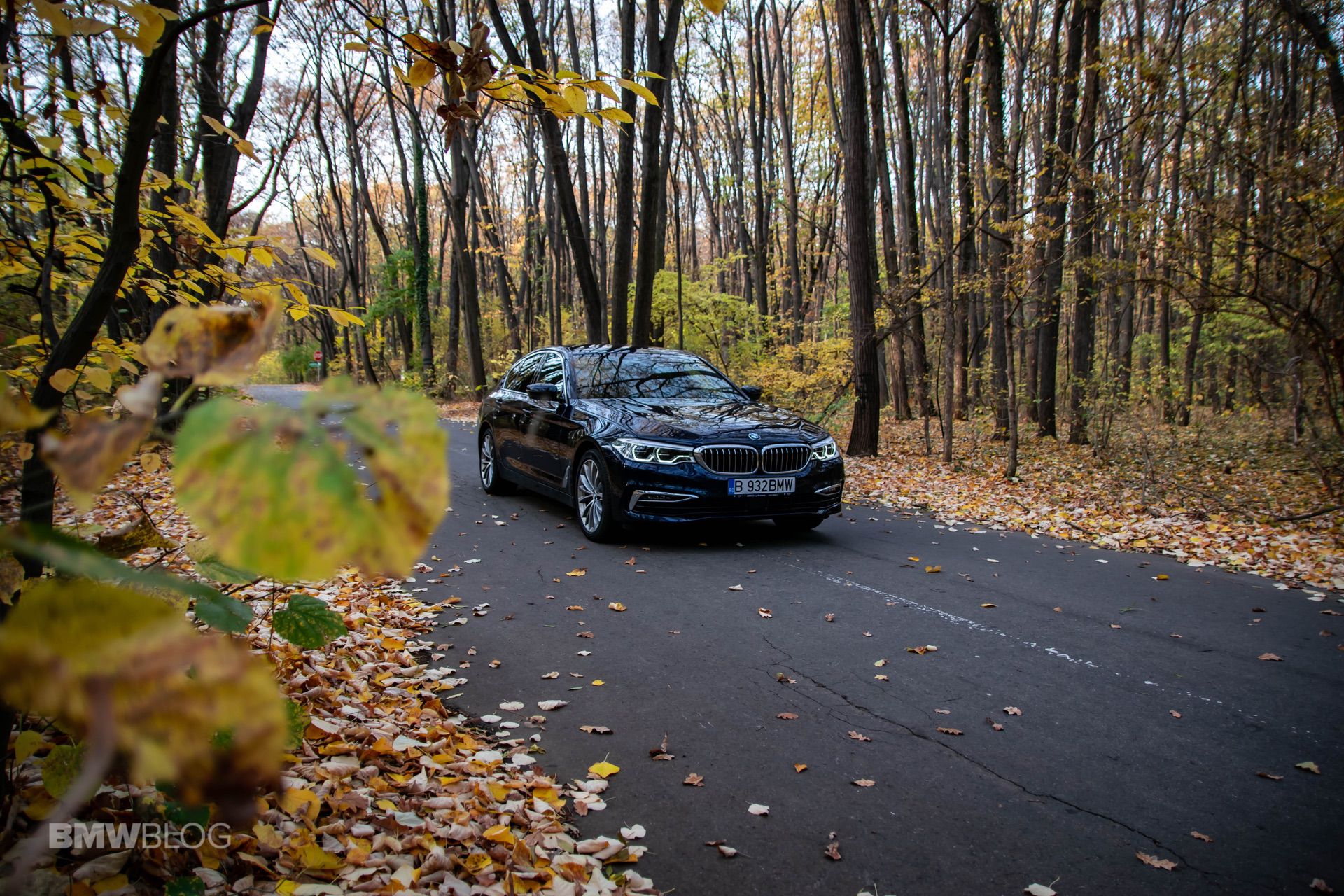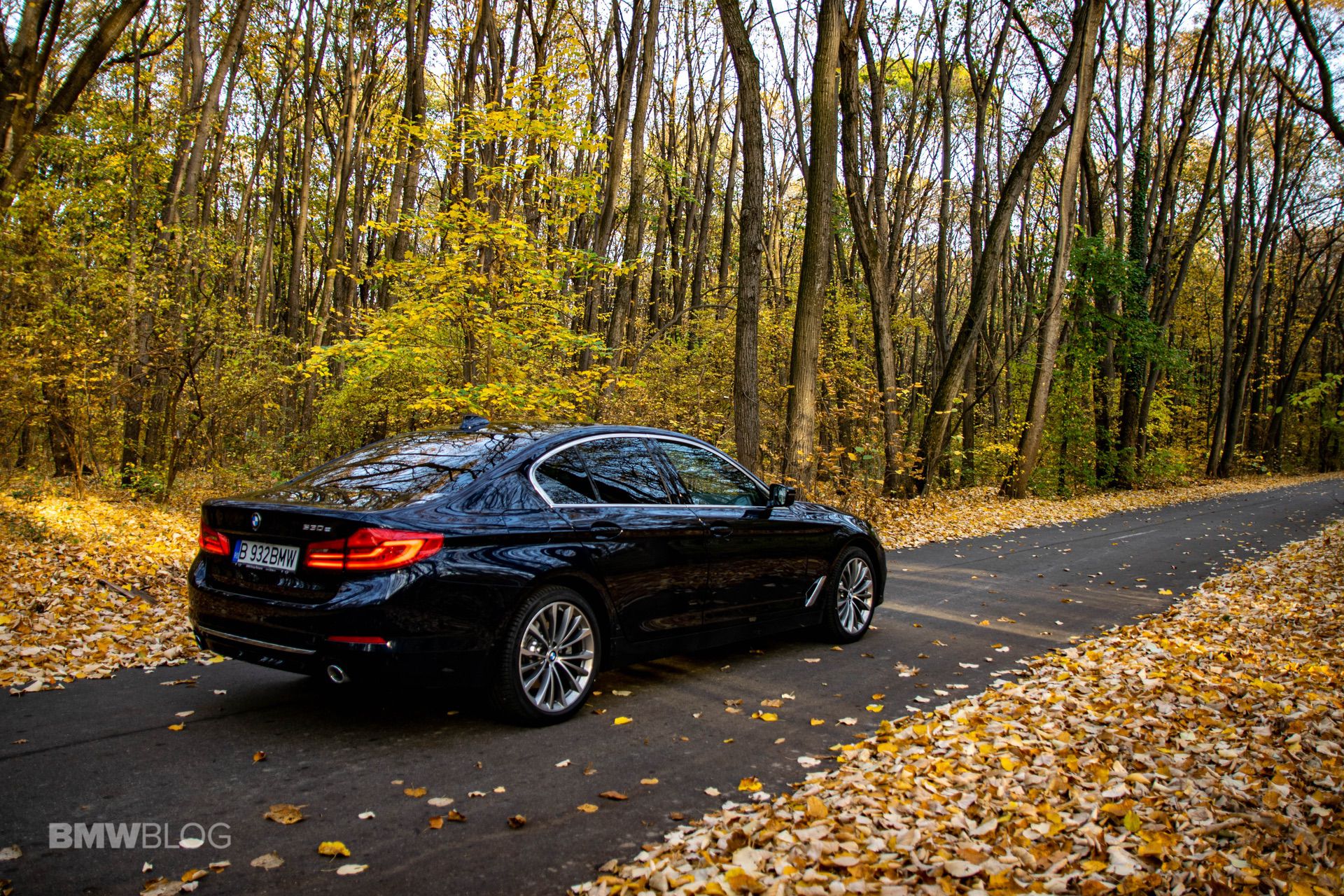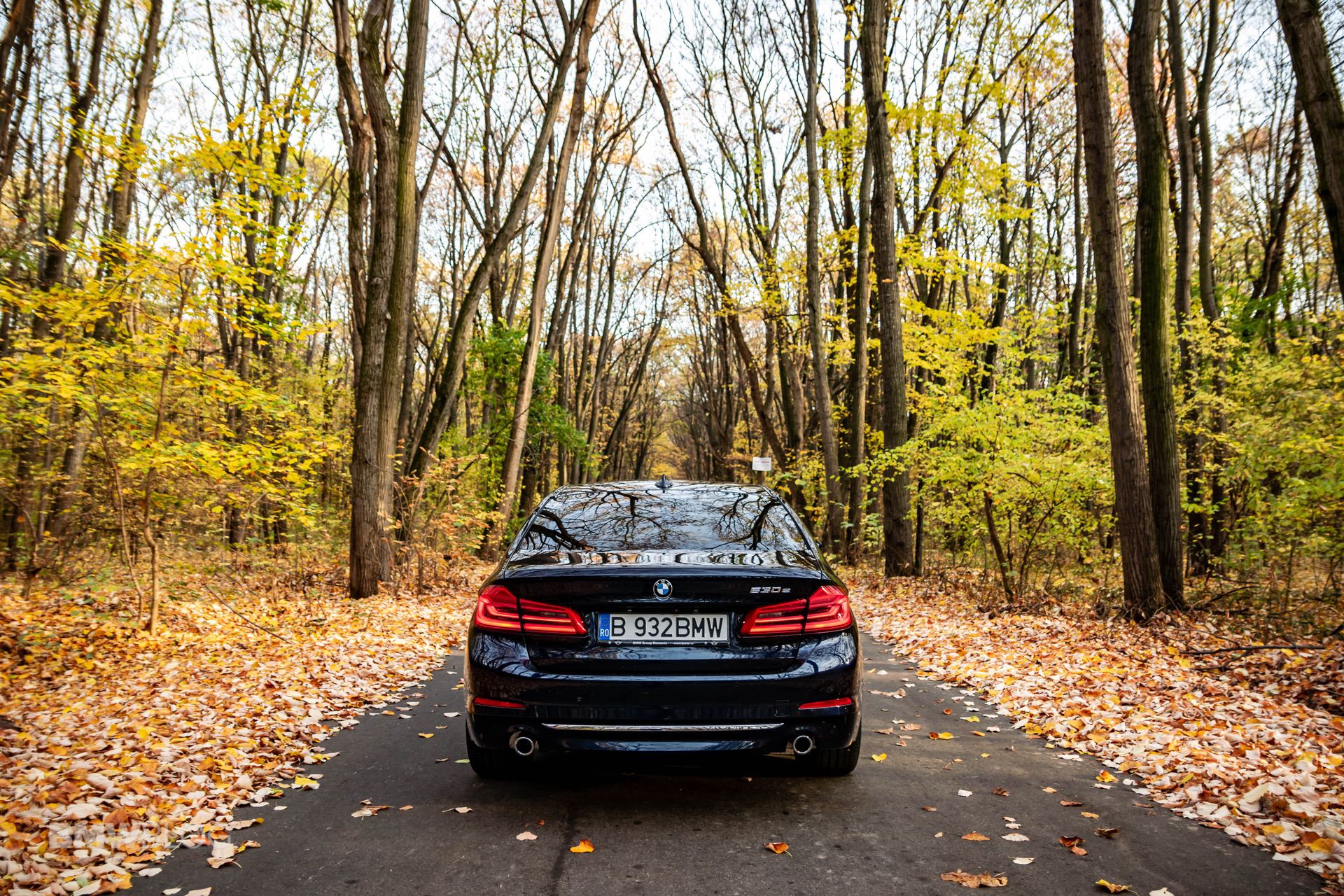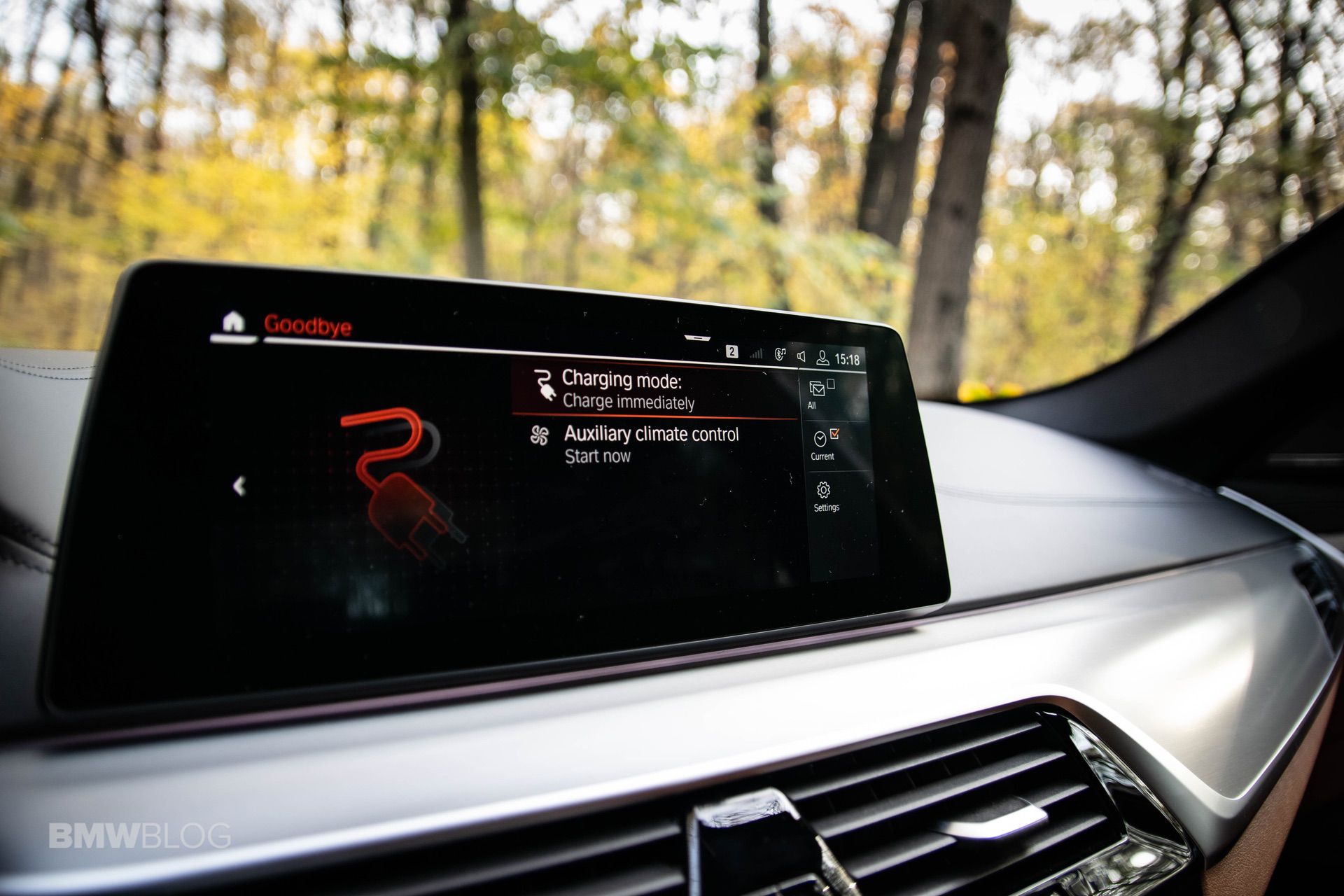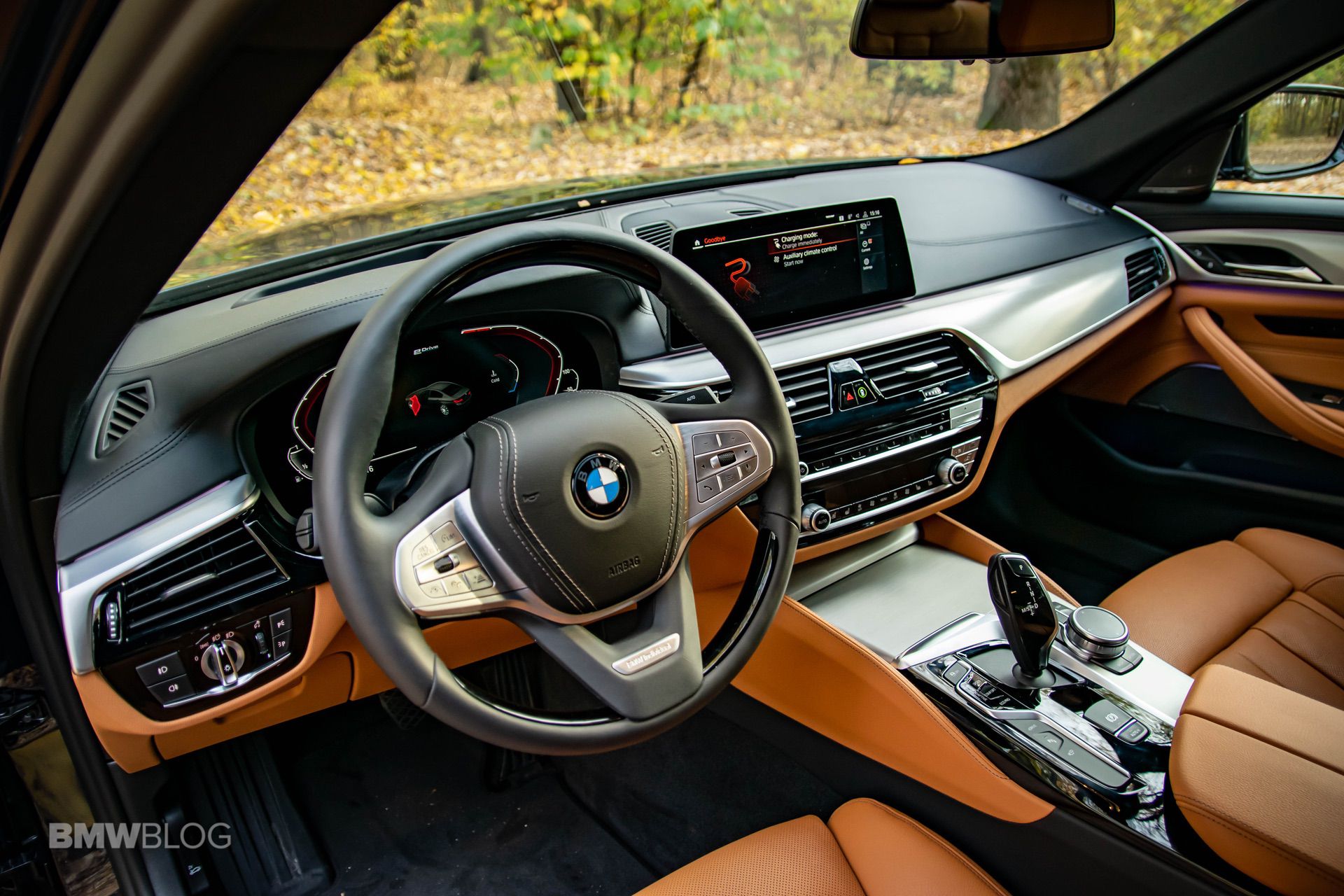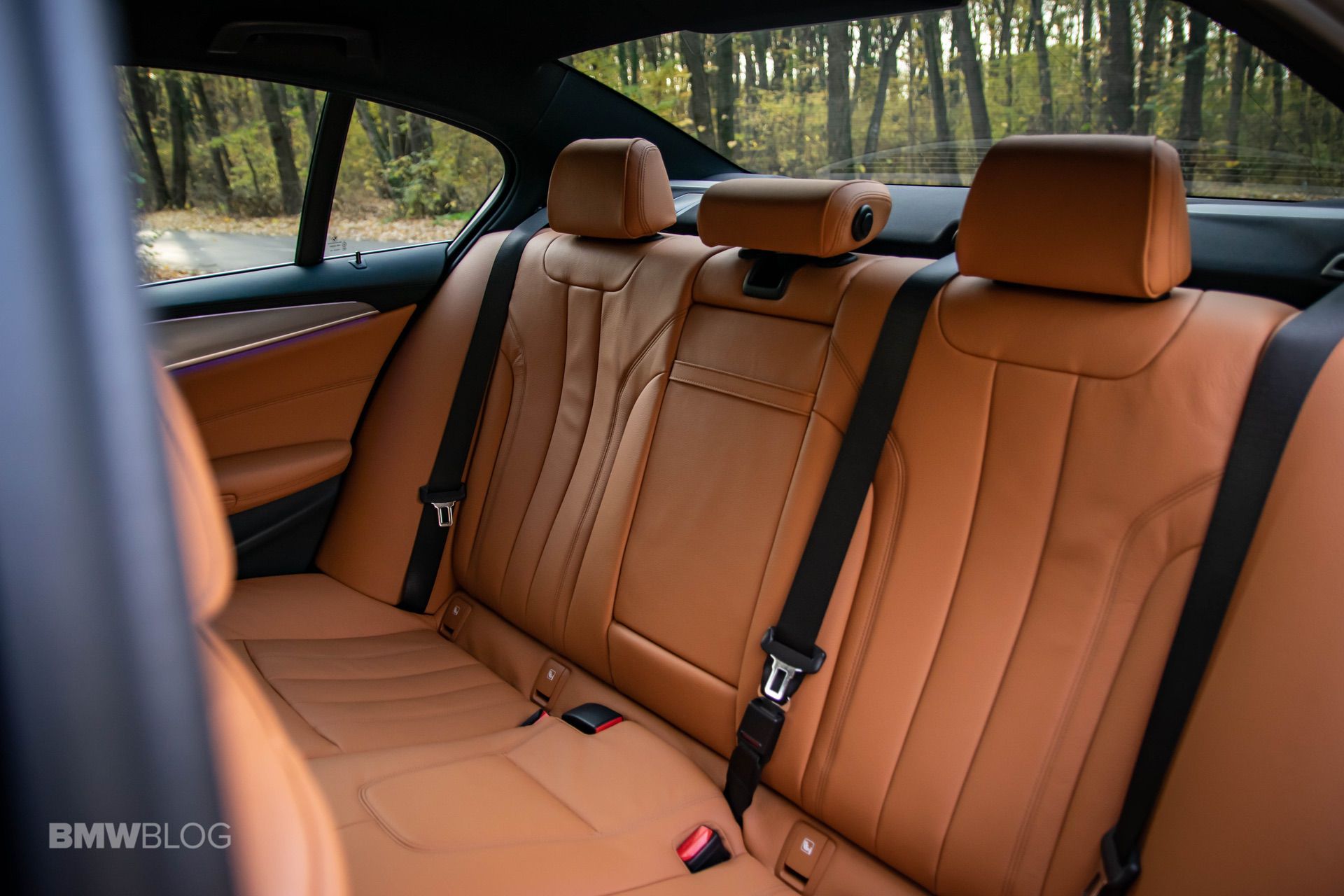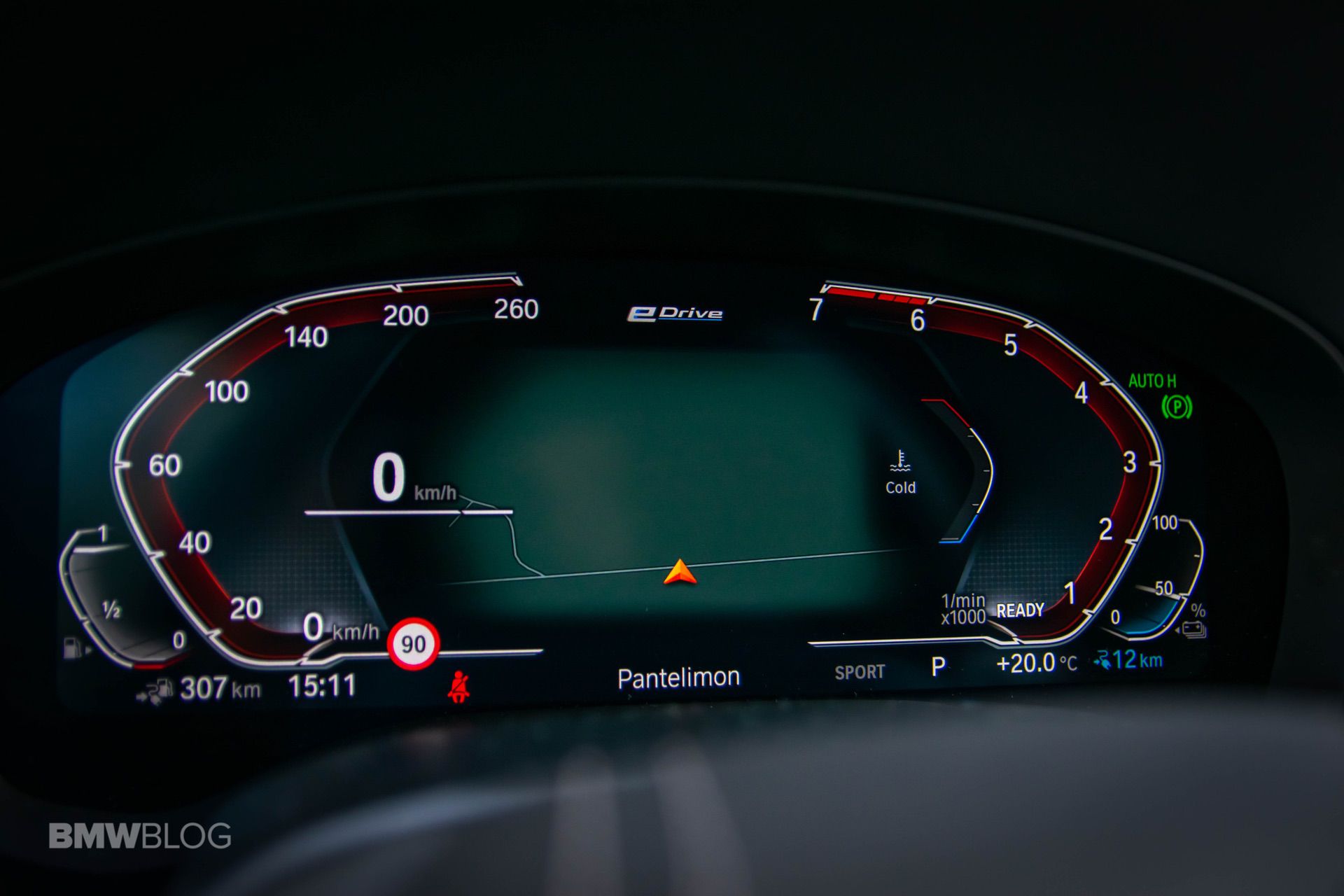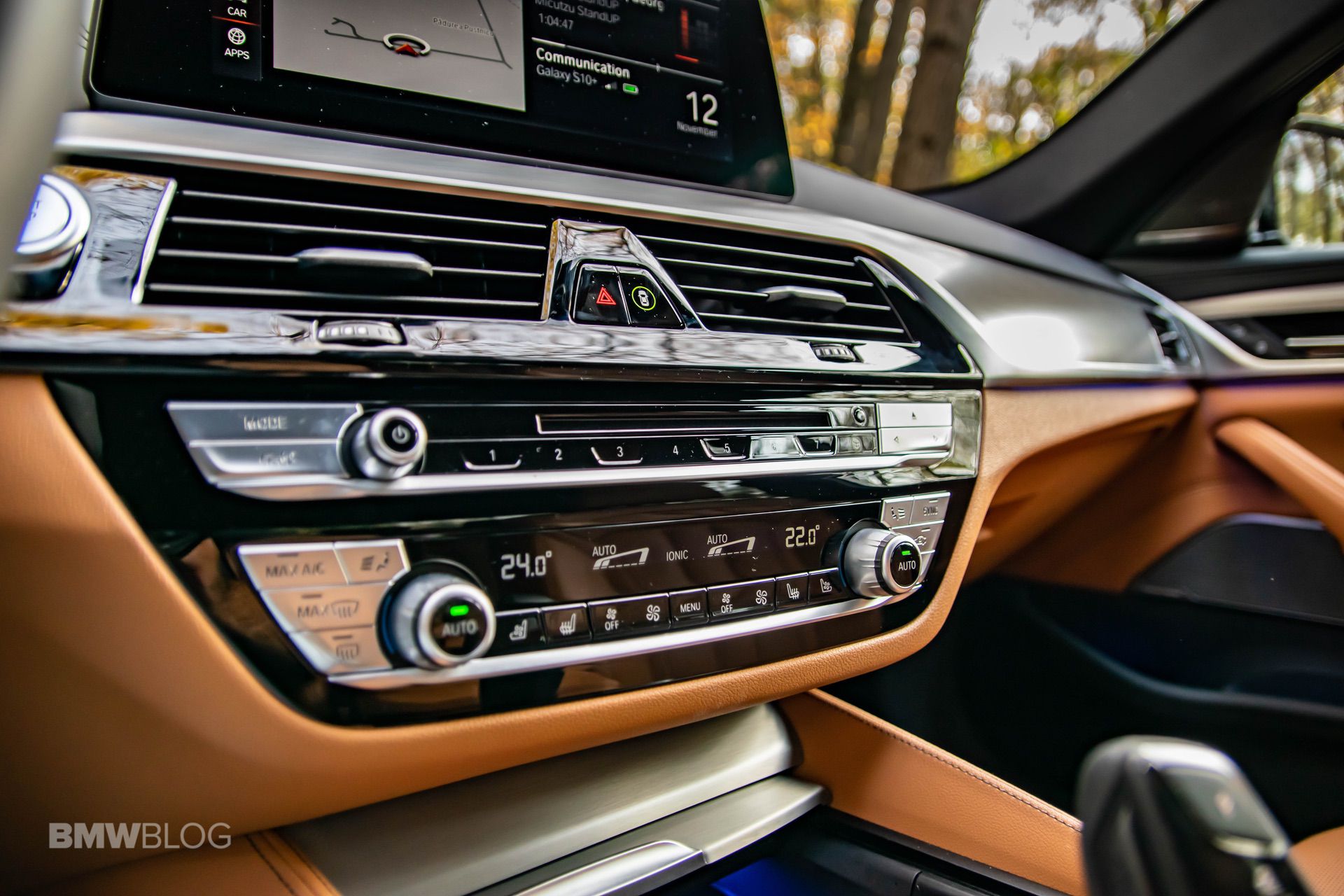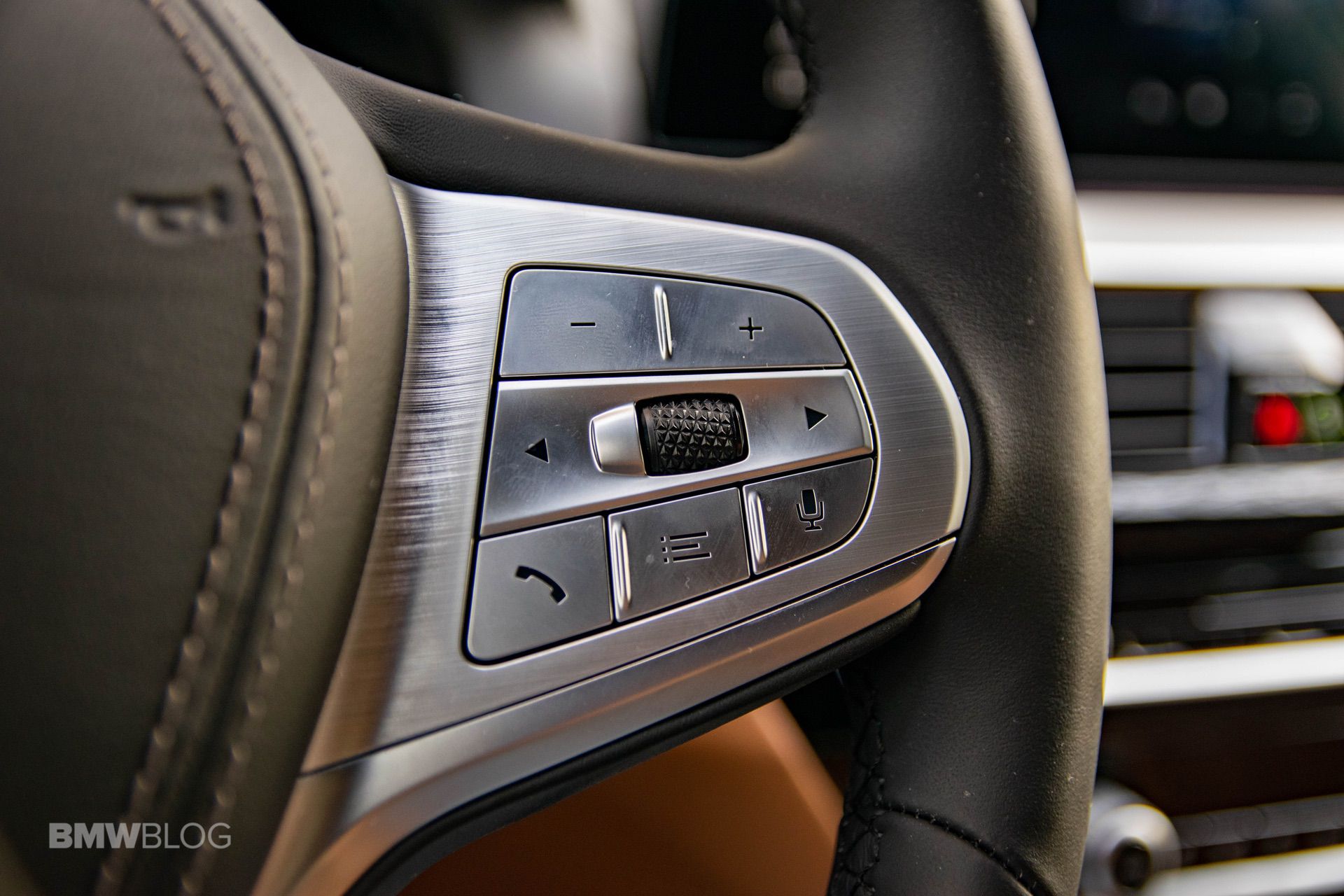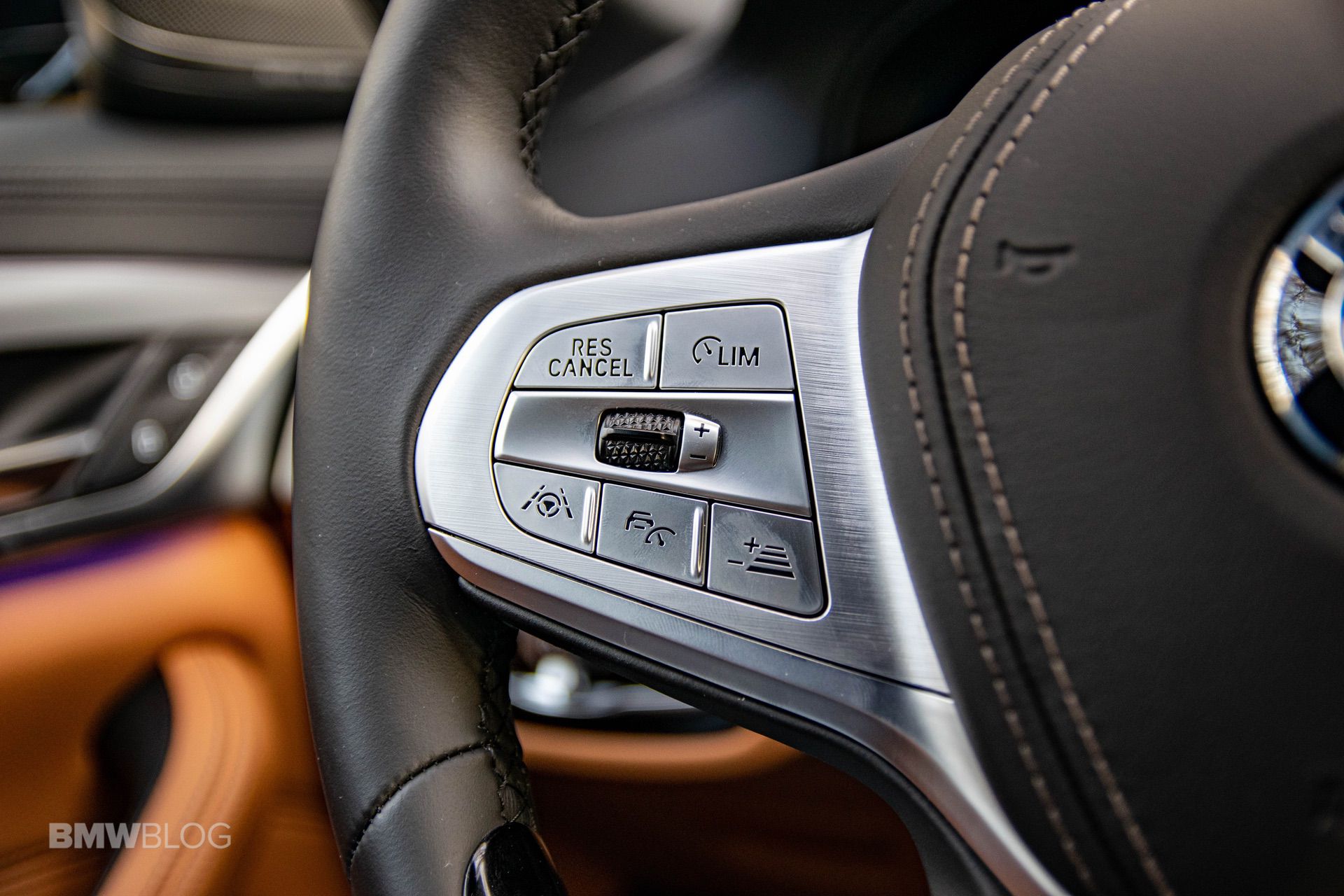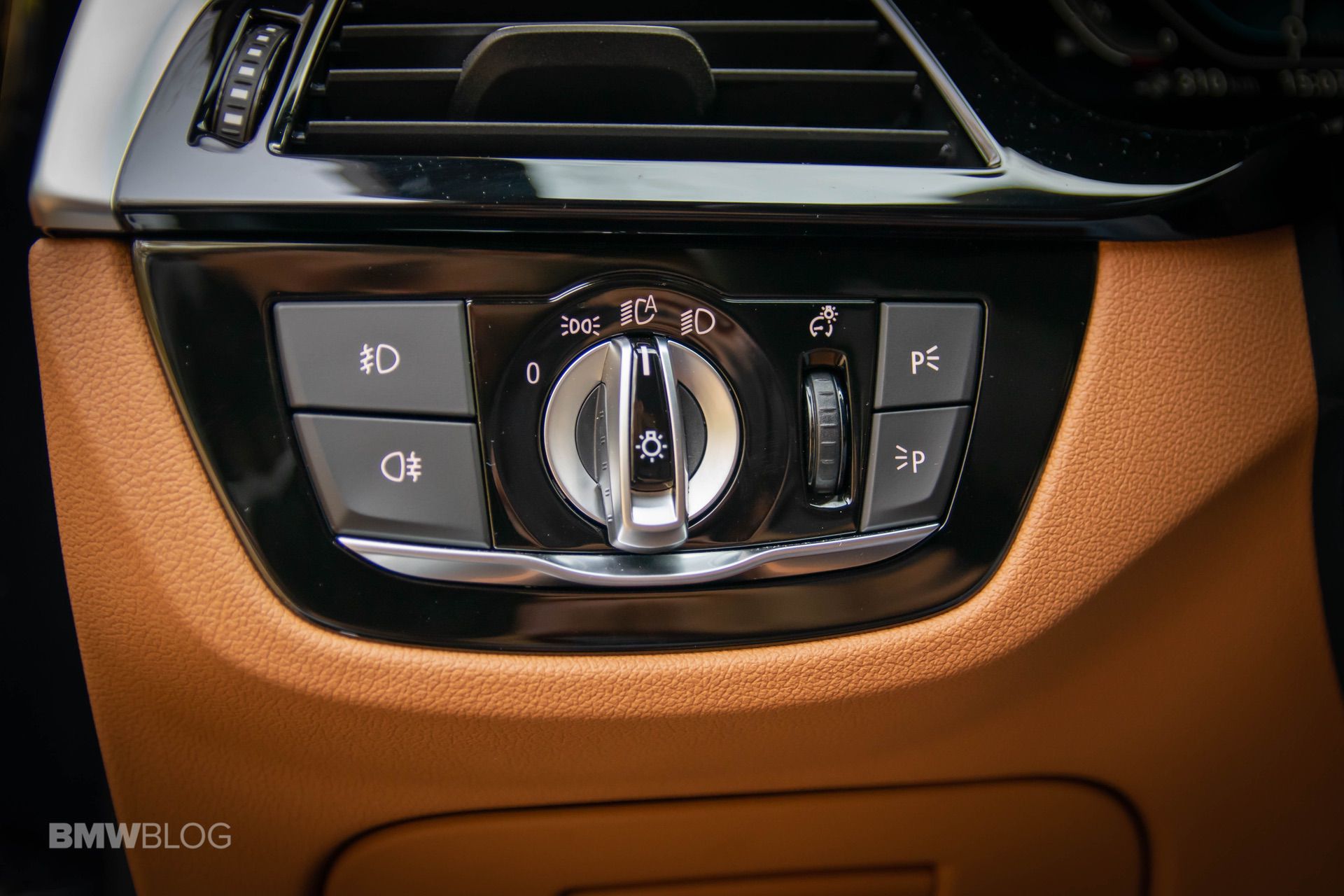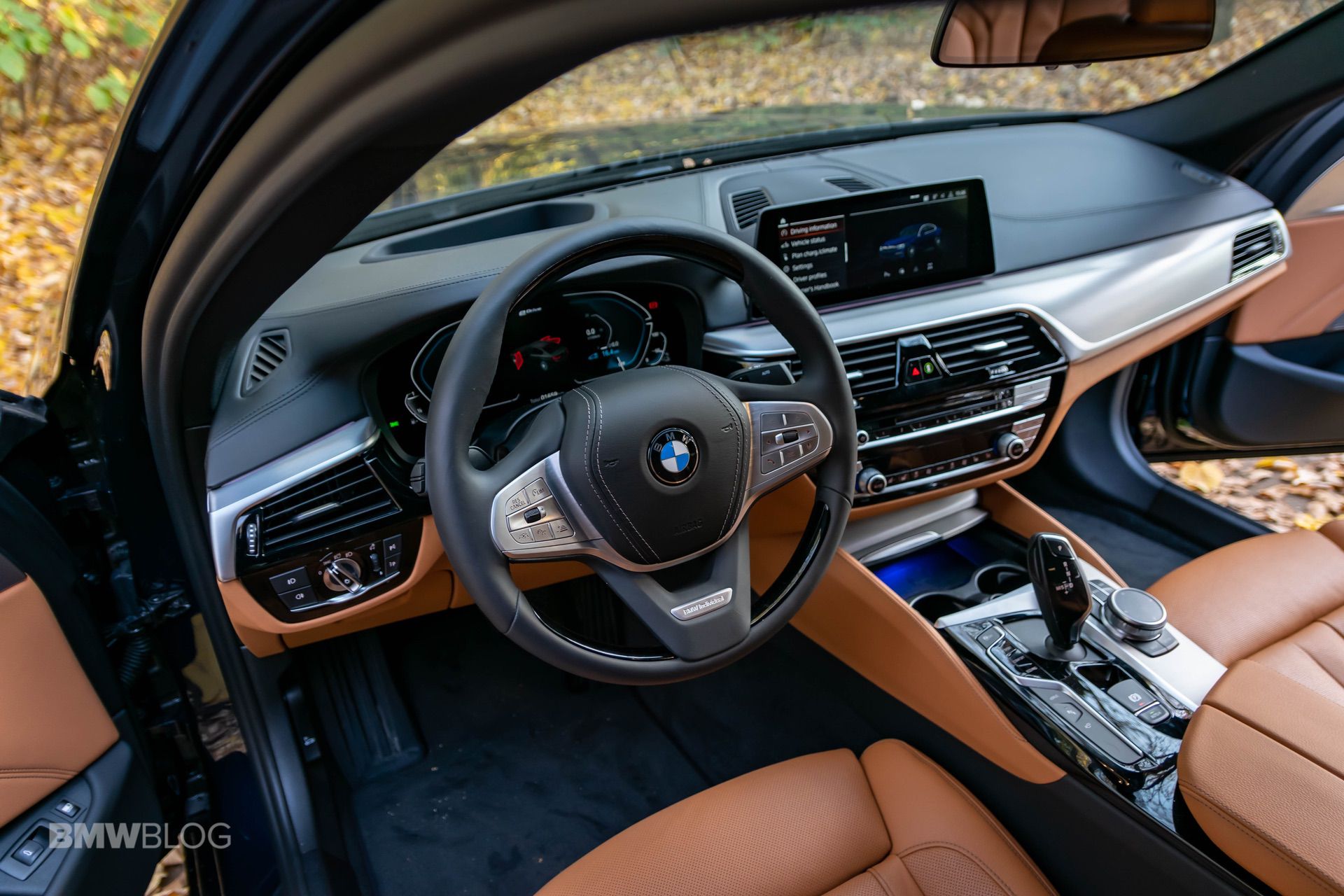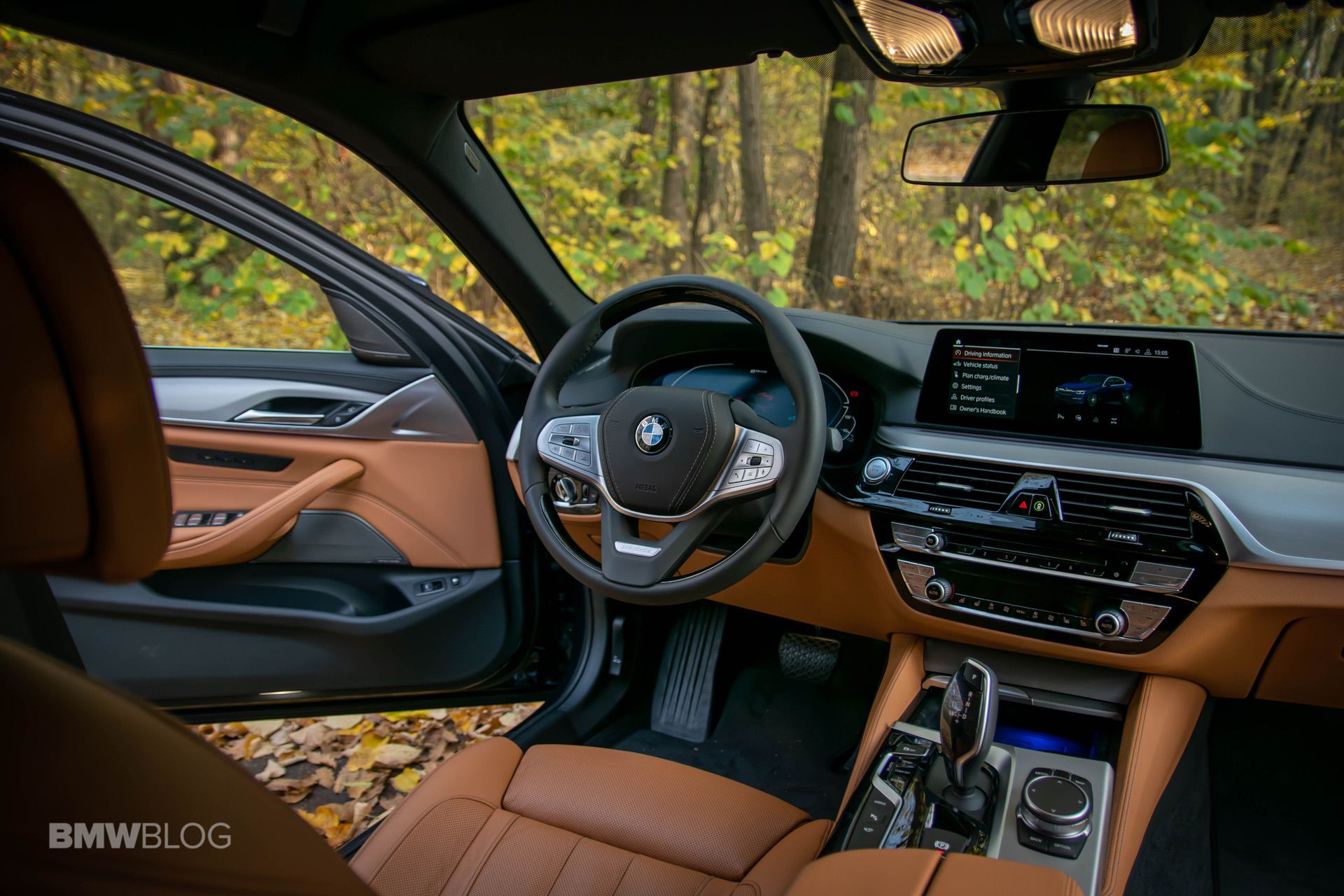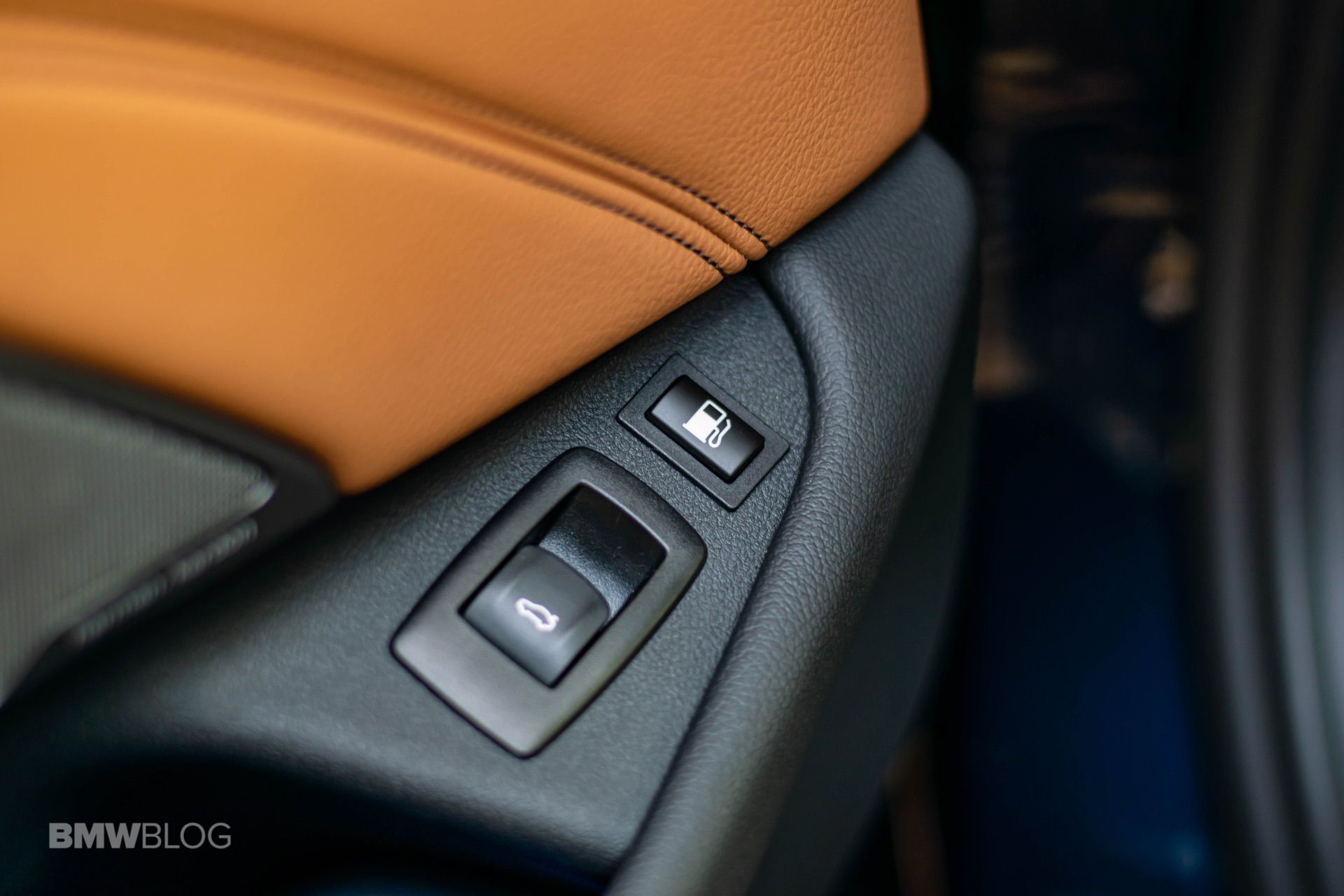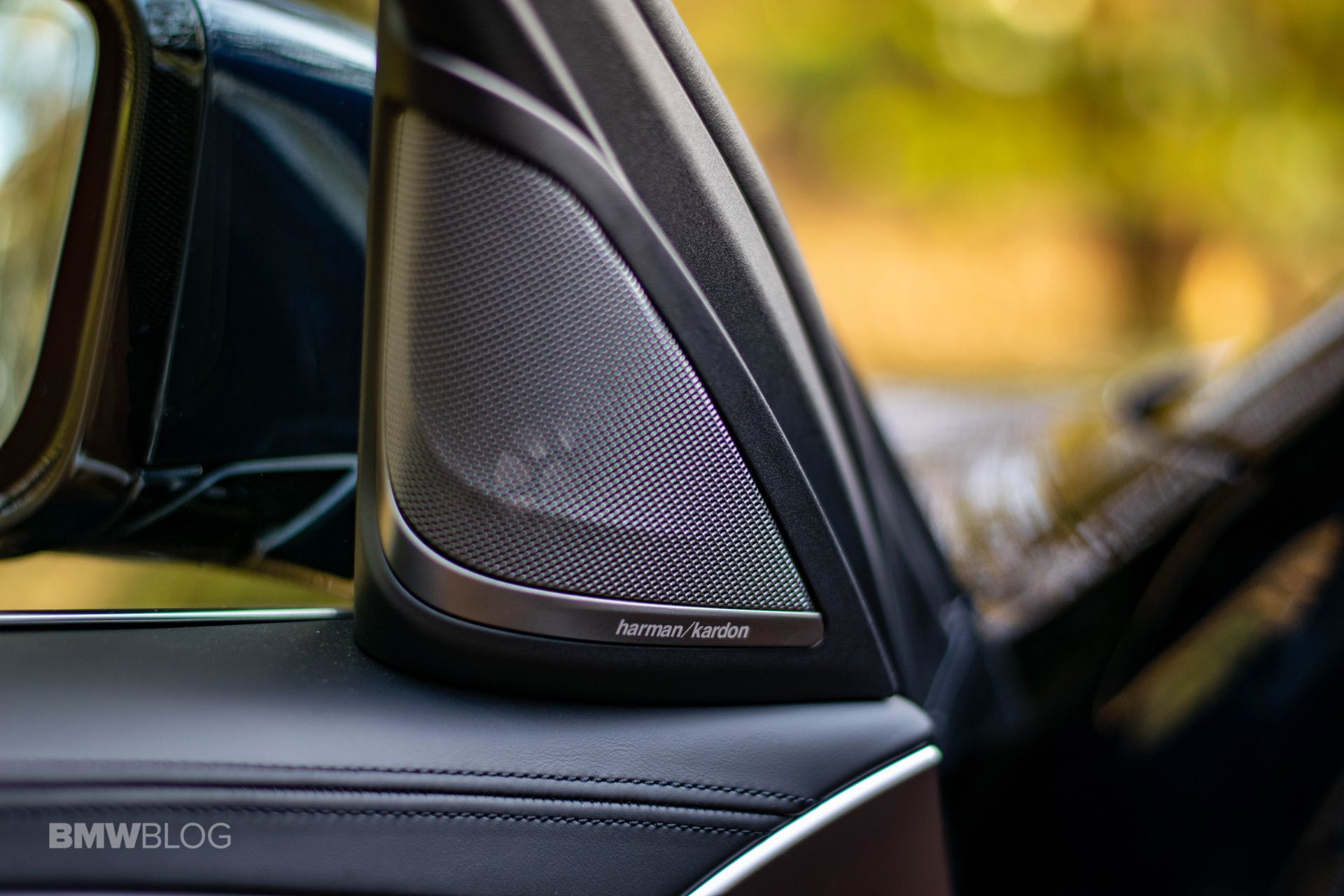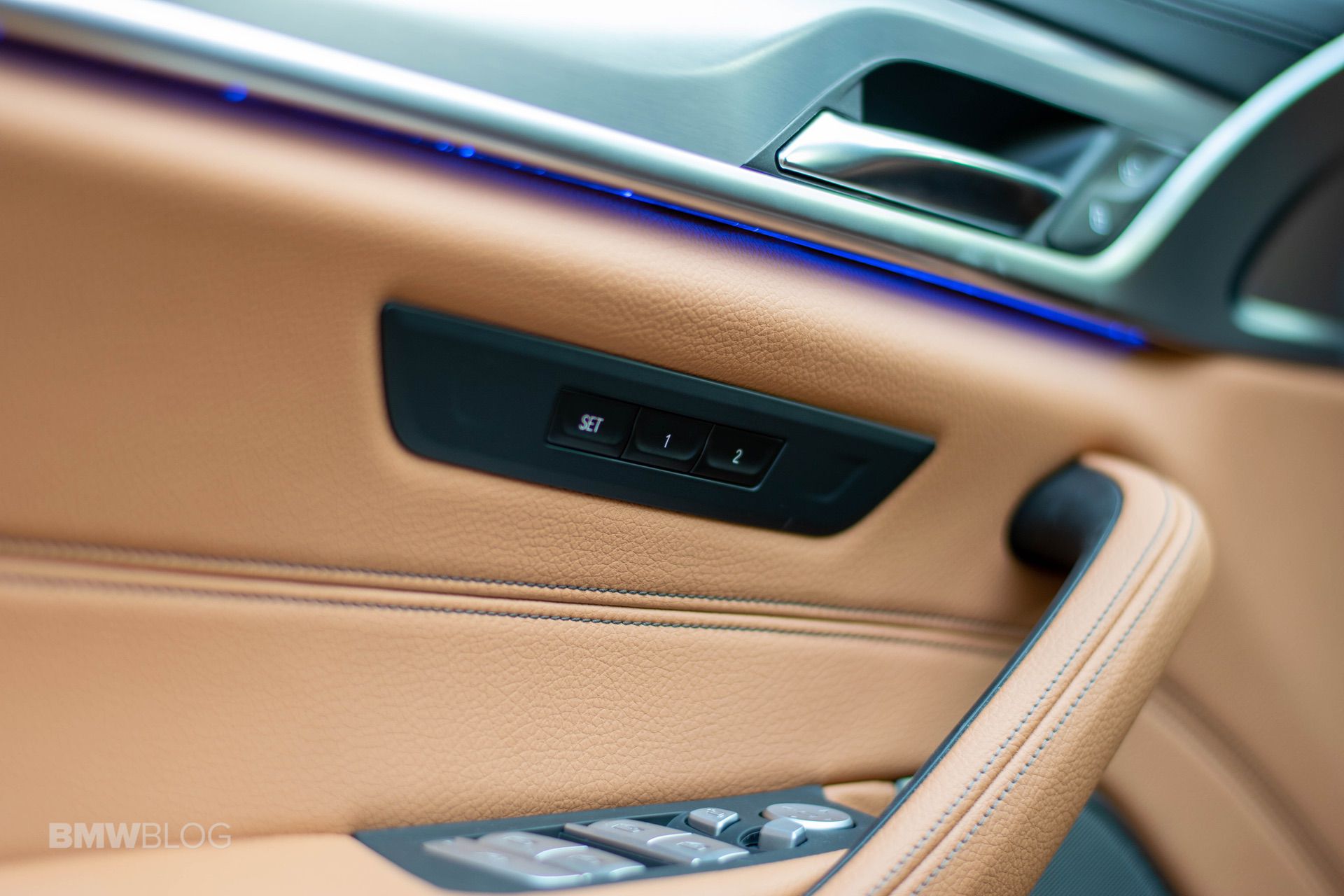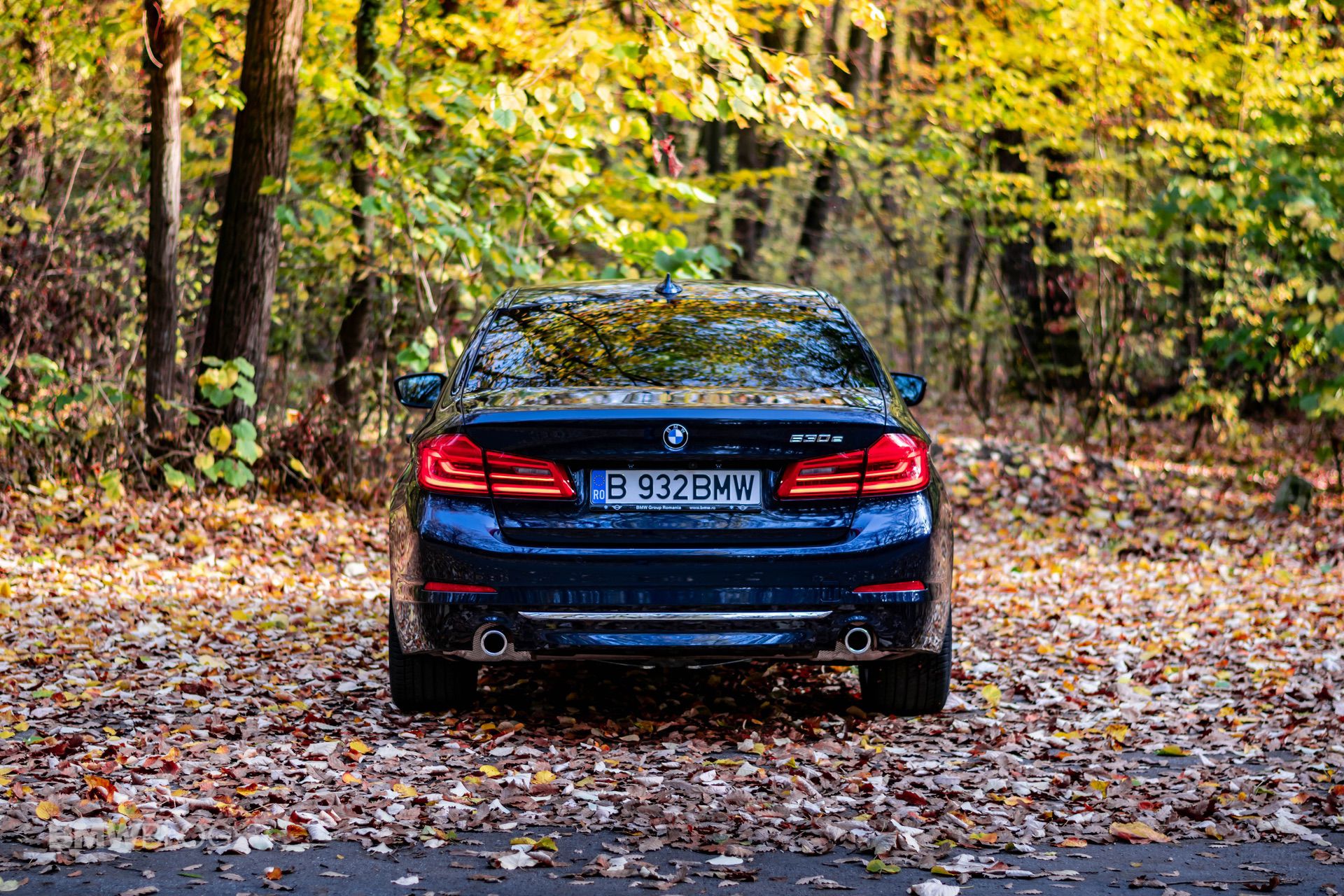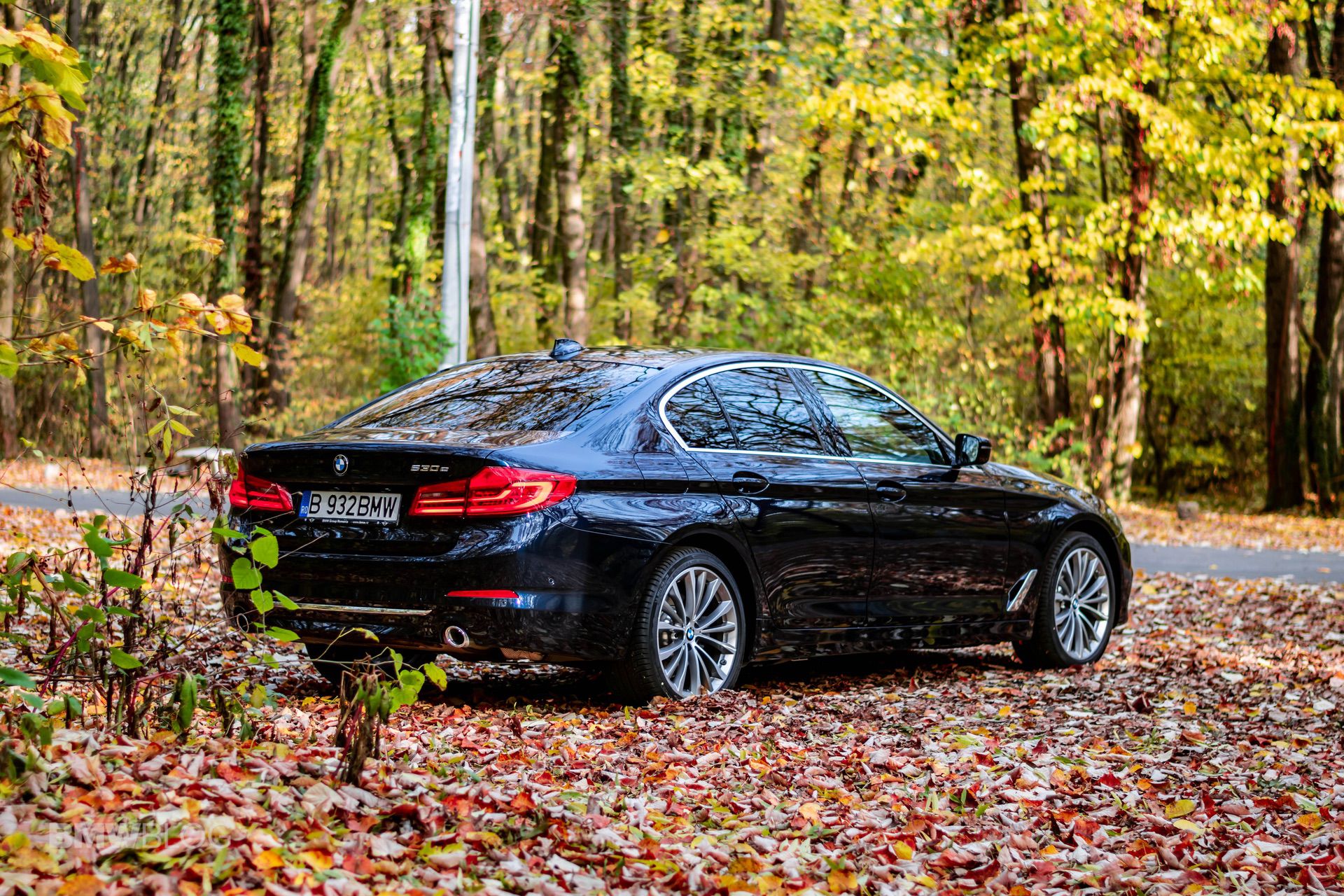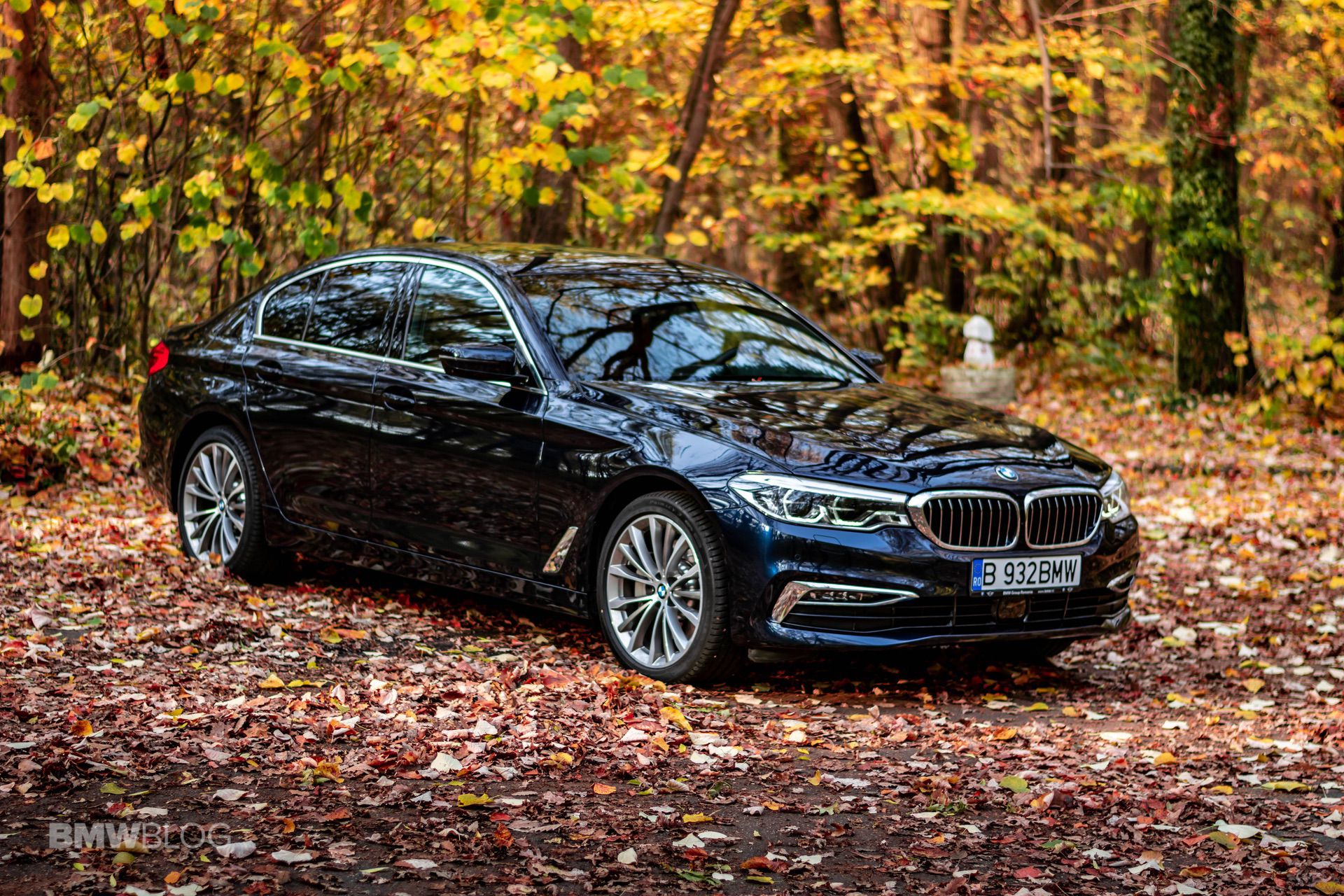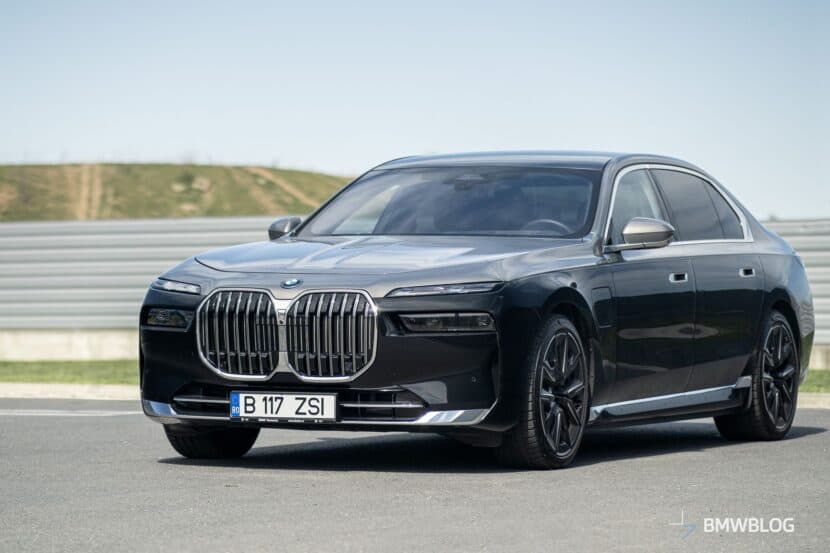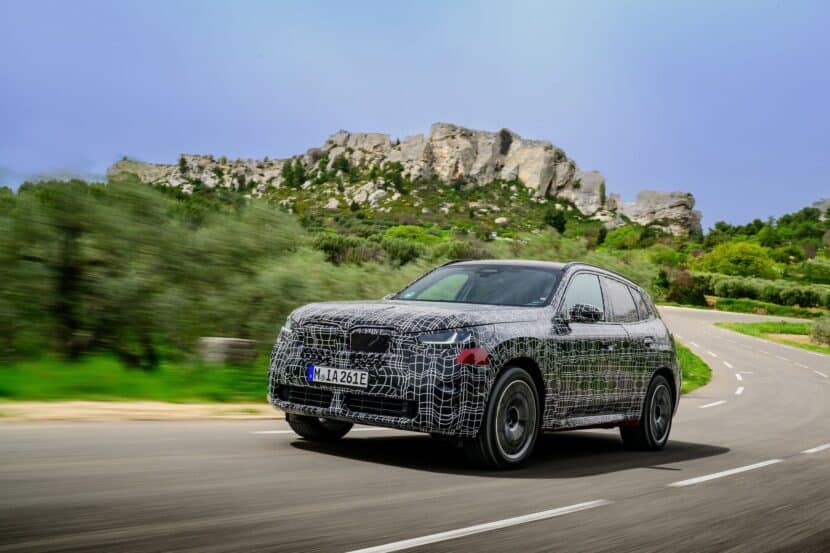The automotive landscape is changing at a never-before seen pace. As a matter of fact, everything today seems to change at rapid fire, including the climate and the way we look at exploiting the resources of our planet. Some may not agree with the way things are going but then again, manufacturers don’t really have a choice.
BMW, just like any other company out there, has to follow guidelines and laws that are put in place to keep things fair for everyone. Those laws might not be easy to live with but they do push us to find new technologies and new ways of moving forward.
Higher Cell Density, Same Battery Pack
To that end, the Bavarian car maker created its own battery research center near Munich, a few years back. Its main purpose, as the name suggests, is to find new ways to store more energy in batteries within the same physical package, while also researching ways to charge them faster. The first results of the work done in this new center are starting to show.
Last year BMW upgraded its entire fleet of electrified cars, offering batteries with higher energy storage capabilities, without actually having to change their shape or size in any way. We’ve seen that on the BMW i3 120Ah first, where the battery holds nearly twice the energy as the original i3 60Ah did. Then came the turn of other cars, plug-in hybrids as we call them, including the BMW 530e.
BMW ActiveHybrid 5 – The First 5er Hybrid
This isn’t the first time BMW built a hybrid 5 Series. As a matter of fact, this is the third such car to come out of Munich. Therefore, the people saying BMW is late to the game of electrifying cars should probably recheck their sources.
The original hybrid 5 Series was launched in 2011 and was called BMW ActiveHybrid 5. It was a conventional hybrid, not a plug-in model, with 340 HP in total, courtesy of a turbocharged 3-liter straight six engine and a small 55 HP electric motor alongside it.
Then came the original 530e with the new G30 5 Series, launched initially at the end of 2016. At the end of 2019, the 530e got an update and here we are, testing the third hybrid 5 Series launched by BMW over the span of 9 years.
Just like its predecessor, the 530e is meant to be an alternative to those looking for a cleaner experience around town. It also aims at those who use their car daily for short commutes and don’t want to deal with range anxiety whenever they plan a longer trip. How come? Well, BMW made sure you get enough electric range for daily chores while also allowing you to use this car conventionally whenever you need more autonomy.
The new 530 makes use of the latest battery tech developed by the German brand. The only difference compared to its predecessor happened under the rear seats. That’s where a change of batteries took place. Keeping the same size, the new ones now can store 12 kWh instead of the old 9 kWh and out of that, up to 10.8 kWh can actually be used. What’s really fascinating though is that nothing else changed and you can barely tell this is a hybrid in the first place.
Exterior Design
When hybrids were initially launched, they used to have distinct designs. You need look no further than the Toyota Prius, the world’s most popular hybrid, to see exactly what I mean. Back then, car makers used to think people wanted other to know that they are driving something different but in reality, a lot of them were put off by the unconventional design. It’s not the case with the 530e.
From the outside it’s just a 5 Series. It has the same beautiful, elegant shape, the same headlights, the same taillights, there’s almost nothing telling you this is a PHEV. By default, all 530e come with an eDrive badge on the C-Pillar but that can be taken off, as can happen with the boot lid 530e badge as well. Remove those and some will be hard pressed to tell if this is a hybrid, unless they see the front left-side fender. That’s where you’ll find a panel that opens up, revealing the charging port for this car.
Interior Design
It’s the same story inside. Everything looks and feels just like on a regular 5 Series. The materials are top notch, the fit and finish exemplary, and the comfort and space unaltered. There are, however, eDrive mentions here and there, like on the door sills and on the center console. That’s where you’ll find a button that allows you to change the way this car drives and uses its electric motor and batteries. Another dead giveaway is the instrument cluster but that only becomes apparent once you start the engine, as the digital gauges only light up then.
They are also the ones that provide all the information you need when driving this car. The BMW 530e starts off in Auto eDrive mode which means the instrument cluster will be dominated by a blue theme with the speedometer on the left and a different kind of tach on the right. Instead of the usual rev counter, you now have a meter that shows you how efficient you’re driving and how much power you’re drawing from the batteries. It’s all meant to help you get the most range out of the car.
Auto eDrive mode basically forces the car to feed off the batteries for as long as possible. It will run on electrons for as much as it can, the petrol engine only kicking in on certain occasions. For example, if it’s cold outside, it might start up to heat up the cabin. It will also automatically start whenever you press hard on the gas pedal, in case you need some boost from the internal combustion engine.
However, during my time with the car I noticed the 113 HP of the electric motor were adequate for busy city streets.
You rarely use more than 100 HP anyway in a car when being stuck inside crowded urban areas, so you’ll do fine. If you do need more power, the 2-liter 4-cylinder turbocharged engine under the hood will start up and deliver 184 HP at the blink of an eye.
To boot, the two power sources can deliver up to 252 HP and 420 Nm of torque at once and that power goes to the rear wheels or all four corners of the car (if you go for the 530e xDrive model) via an 8-Speed automatic gearbox which also houses the electric motor.
Setting off you’ll notice something’s off compared to any other cars in the 5 Series range. That’s because the atmosphere inside is dead quiet. The 5 Series already has a very well sound-isolated cabin, but even so, vibrations and a bit of sound from the engine bay still jut into the cabin.
Not on the 530e when driving electrically. Serenity comes to mind, actually. Whenever the car turns on the petrol engine, there is a slight shudder going through the cabin, but it’s barely noticeable. And yes, the 2-liter mill’s sound does make itself noticed but, once again, it’s muffled almost completely. The only time you do hear the sound it makes, is when you really rev the car up.
There are two other driving modes available under the eDrive menu though: MAX eDrive and Battery Control. The first one allows you to drive solely using the electric motor. It is similar to the Auto eDrive mode but the engine will only kick in if you go pedal to the metal.
Other than that, the MAX eDrive mode will rely on the electricity alone. It will also allow you to go up to a top speed of 140 km/h (87 mph), a bit more than you’d get on the old 530e. Battery Control mode allows you to use the internal combustion engine to recharge the batteries.
Charging Options and Electric Range
There are three ways of feeding electrons into the battery. One is by connecting the car to a regular household socket (via the provided charging cable) or you could use a charging station and last but not least, the aforementioned internal combustion engine.
Using a household socket will require the most time, BMW saying this would charge the battery in a bit under six hours. Using a charging station will require a bit over three and half hours. There’s no fast-charging option for this car though and you should keep that in mind.
Using the petrol engine to recharge the battery will drastically increase the fuel consumption of the car. Speaking of which, the golden question about the 530e is definitely how much range you can squeeze out of a full battery.
BMW claims the non-xDrive model should be able to cover up to 57 kilometers (35 miles) on a single charge. During my time with the car that figure didn’t go over 40 kilometers though (25 miles) and I should point out that it the test route I used wasn’t entirely in heavy traffic. Once the battery was drained, the fuel consumption figure recorded was around 14 l/100 km (16.8 mpg US).
If the two power sources work together though, say around town, the fuel consumption will vary depending on how far you drive. If you drive for the first 20 miles on electricity alone and then cover another 20 miles using the petrol engine the fuel consumption would probably be around 2-3 l/100 km (somewhere in the 70 mpg US range).
Outside the city limits the car will rely mostly on petrol and the internal combustion engine under the hood. The electric motor does chip in at times but only to maintain speeds and in case you need a bit of boost when accelerating hard. Overall, I saw a fuel consumption of 8 l/100 km (29.4 mpg US) at an average speed of 130 km/h (80 mph). Take it down a notch with the gas pedal and the results are bound to improve.
Driving Experience
But how exactly does this car drive, considering it has some serious added weight on the rear axle but also instant torque at its disposal thanks to the electric motor? Well, it drives great. The added weight in the back and the light nose courtesy of the small petrol engine hidden under the hood make for an interesting mix.
The front end is light and allows you to turn with confidence. The pedal response is instant, thanks to the electric motor and the overall power provided by the combined motors allows the car to pull hard into triple digit territory. 0-60 takes just 6 seconds and that means this thing will be fast enough for most people. The added weight does come with a couple of issues as well though, mainly in the ride quality department.
There’s noticeably more lean in the corners than there would be on a comparable 530i for example and, over uneven surfaces, the car feels a bit wobbly and unplanted at higher speeds. Furthermore, if you’re a practical man and the boot space is important for you, you’ll be sad to learn that there’s only 410 liters of space in there because the battery packaging takes up some room. It’s not terrible but it does make a difference.
Should I buy one?
What’s the target audience for this car then? Well, it depends on a number of factors and where you live. In certain countries around the world, subsidies for plug-in hybrids like the 530e are hefty enough to make it an attractive car. Its CO2 emissions are under 50 g/km and that allows you to benefit from other perks as well, in certain cities around the world. In some countries, even the insurance would be lower because of its hybrid powertrain.
As a daily driver, it behaves and feels just like any other 5 Series. It has plenty of power and it’s just as refined and luxurious inside as well. If your daily commute is around 20 miles and you can charge it at home, this car will most likely allow you to drive electrically for 90 percent of the time while also providing no range anxiety on longer trips, where you’d be using it as a normal, internal combustion engine car.
Even if your commute is a bit longer, this car still makes sense as it would still save you some money by running it on electricity alone. Albeit, that still implies you charge it daily so that you can actually benefit from the electric motor and batteries in the back. Therefore, buying a BMW 530e will be dictated almost solely by the possibility of charging it. Without it, you’d be better off choosing a 530i or a 530d if your commute includes lots of highway miles.
2020 BMW 530e
Exterior Appeal - 9
Interior Quality - 8
Steering Feedback - 7
Performance - 7
Handling - 7
BMWness/Ultimate Driving Machine - 7
Price Point - 8
7.6
Buying a BMW 530e will be dictated almost solely by the possibility of charging it. Without it, you’d be better off choosing a 530i or a 530d if your commute includes lots of highway miles.


